Previous Episode
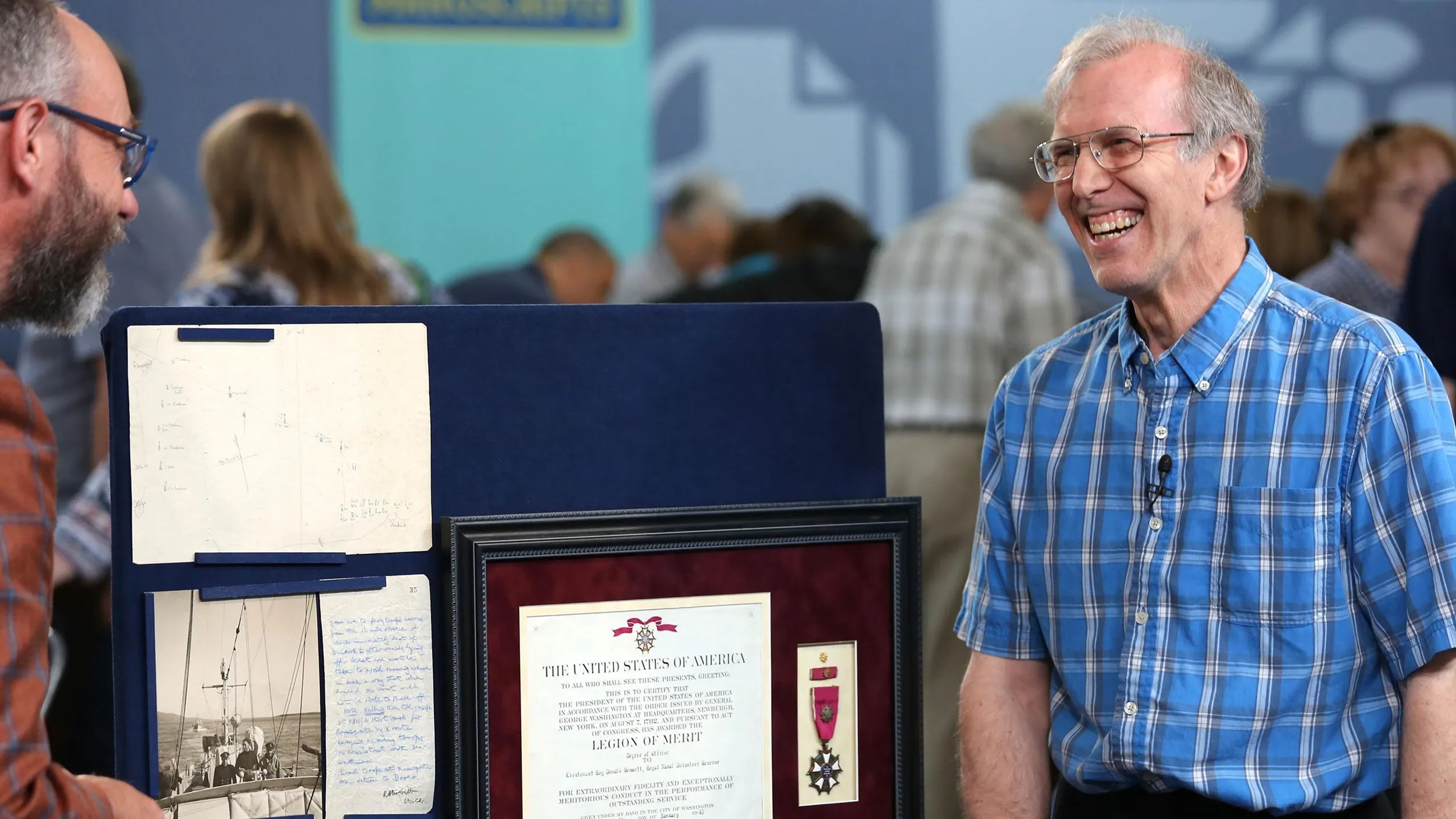
episode
Next Episode
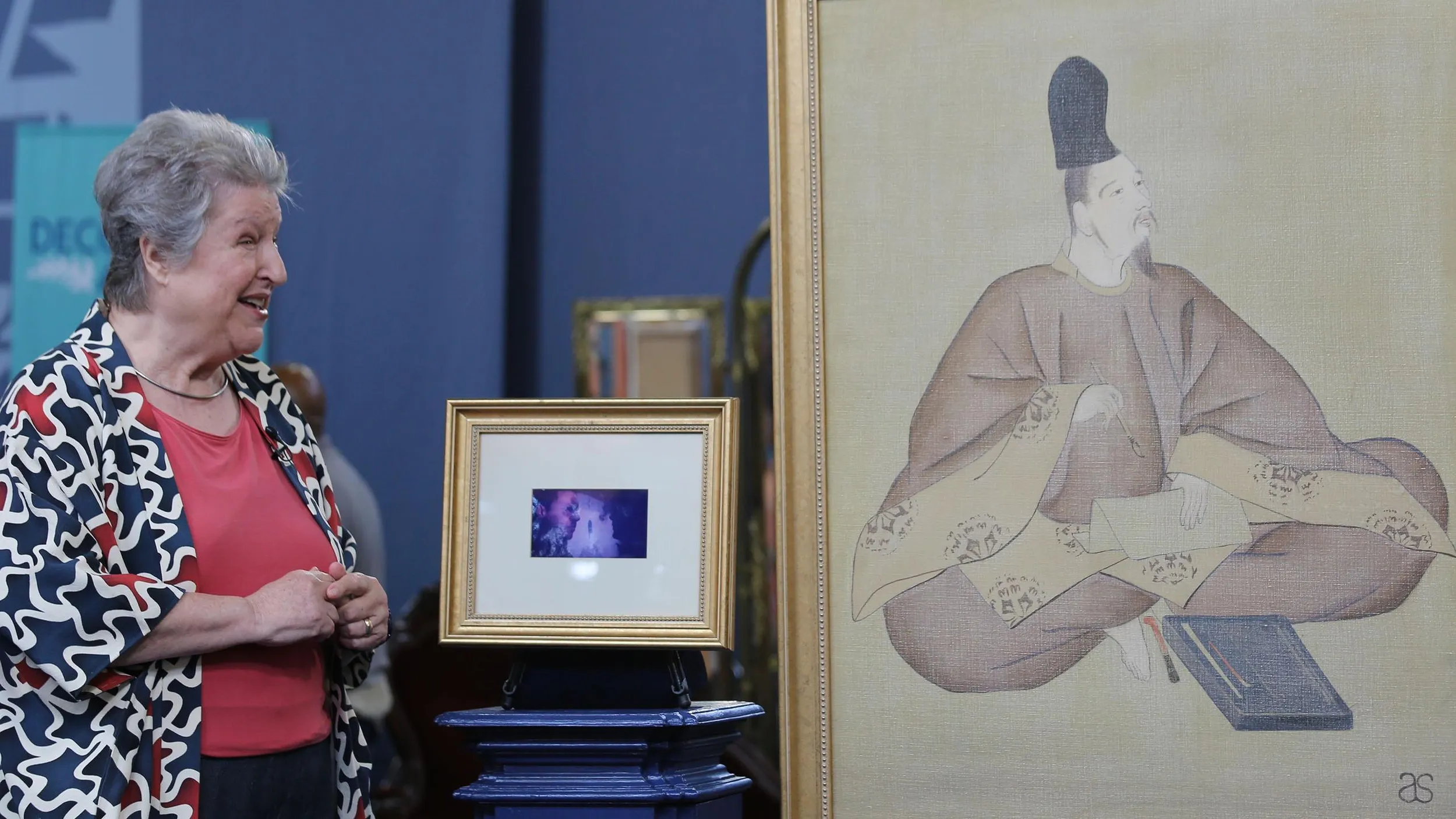
episode
New Orleans, Hour 2
Voyage with ROADSHOW to the Crescent City for incredible stories and items!
A Van Cleef & Arpels ring, Mardi Gras watercolors, Keith Haring graffiti. One's a big find
HOST: ANTIQUES ROADSHOW is in the Big Easy-- New Orleans.
GUEST: I was a princess in Caliphs of Cairo, so when I was 16, I was presented to the court.
GUEST: You're kidding!
GUEST: As Shirley Temple would say, "Oh, my goodness!" (laughing)
HOST: ANTIQUES ROADSHOW was thrilled to return to New Orleans, the Mardi Gras city. Mardi Gras, or Fat Tuesday, takes place in the winter at the end of the festive Carnival season, celebrating the food, drink, and merriment right before a period of sacrifice and fasting for Lent. Although we were there in the summer, we got a chance to see the incredible collection of all things Mardi Gras at the historic Presbytere, part of the Louisiana State Museum. Check out these fabulous, opulent costumes and glittering scepters and crowns worn by the kings and queens of Carnival. Back at the ROADSHOW, a parade of treasures were on display.
APPRAISER: You are a born and bred New Orleanian.
GUEST: Yes, ma'am.
APPRAISER: So tell me a little bit about your experience with Mardi Gras.
GUEST: When I was little, my dad built us a huge ladder to go to all the parades, and of course, our ladder was the biggest one. So we caught all the stuff. And as I grew up, it's become a way to bring friends in from out of town and show them a good time, and kind of give them an experience you can't get anywhere else.
APPRAISER: You, yourself, had a debutante ball in one of the parades.
GUEST: Yes, I was a princess in Caliphs of Cairo. So when I was 16, I was presented to the court, and I had to go to curtsy lessons, and learn etiquette, and have a dress made, and then we danced all night.
APPRAISER: Oh, how wonderful.
GUEST: Yes.
APPRAISER: Well, Mardi Gras is this beloved tradition here in New Orleans. "Mardi Gras" of course meaning "Fat Tuesday," and it celebrates the day before Ash Wednesday. And your city brings us the month-long tradition of debauchery…
GUEST: Yes.
APPRAISER: …and fun before that, so thank you for that.
GUEST: (laughing)
APPRAISER: The very first Carnival in New Orleans was as early as 1837. And this particular set of Mardi Gras float designs are very early, they're from 1892. This original work really doesn't surface very much, and they're from the krewe, which is the group, Comus. And Comus, they bill themselves as the oldest continuous krewe in New Orleans, and they started in 1857. Now, they always had themes-- like mythology, or ancient times, and so this being the history of the Japanese, it's a wonderful, fantasizing time. Have you ever gotten these valued?
GUEST: No. I just-- I've always said if I could make it to ANTIQUES ROADSHOW, these are what I would bring.
APPRAISER: And so how did you get them?
GUEST: My great-aunt passed them down through the family. They ended up with my mom, and then, when I got my first apartment, she gave them to me so I'd have art for the walls. And she always told me they might be worth something, so I just-- they've moved everywhere with me.
APPRAISER: Wonderful. Well, nowadays, you go to the Mardi Gras World, Blaine Kern's, and everything is 3D and they work from models. There aren't these original, beautiful drawings. It's probably impossible to say what artist did these. Value-wise, I think they're very dear and charming, and each one of them would bring between $800 to $1,000.
GUEST: Wow.
APPRAISER: So if I was to insure them, I would put a value of $3,000 on them.
GUEST: Wow, that's incredible!
APPRAISER: "Laissez les bons temps rouler."
GUEST: That's right.
APPRAISER: Let the good times roll!
GUEST: Thank you so much.
APPRAISER: Thank you.
GUEST: I inherited it from my deceased partner, that was about 20 years ago. And when he lived in New York, he was in the subway with one of his friends, telling him about Keith Haring. And this was all relatively new, I guess, in the early '80s. He was telling him about it, and he said, "You know what? I'm going to take that for posterity's sake," and whipped out his little pocket knife, and cut it out, and it was already torn, a little bit up there. And I didn't know anything about it at the time. I've since learned about him, and that, in the subways, this black paper was put up in between ad space, so when there was no ads up, this black paper was up. And what I've read is that he got this idea of using chalk on this and started doing-- I guess it's graffiti.
APPRAISER: Keith Haring was such an interesting character who died much too young in 1990. He was born in Pennsylvania and came to New York City in 1978. New York-- the streets, the subway, the clubs-- embraced him, and he embraced them. He was a superstar very early on. But, along with that title, he was also very much of an artist of the people, and believed that art should belong to everyone. He was influenced by the graffiti movement, and just thought it was great. He thought that people in the subways should enjoy the performance of him being there. And that it just should be a joyous art experience. Not in the museums or the galleries, but just everywhere. And the idea that he would go down to the subways and paint over these pieces, people would come up and say, "What do they mean?" It was a happening, that's what he absolutely loved about it. He did these subway drawings primarily between 1980 and 1985, when he was already becoming famous. So your partner wasn't alone in tearing these off the subway walls.
GUEST: (laughing)
APPRAISER: Haring was very prolific with them. Sometimes he would do 40 a day. There were hundreds of them. I mean, it was just this joyful underground movement of contemporary, interesting, energized art, and really at the forefront of graffiti art and street art. He was diagnosed with AIDS in 1988 and began his foundation then, and the foundation was to promote art, and also to promote the work of children. And also to help with AIDS issues. So he wasn't long with us, but he left doing some pretty remarkable things.
GUEST: That's interesting, the connection, because my partner died of AIDS 20 years ago.
APPRAISER: Yes.
GUEST: So it's a-- something that I'll always keep and have, and that connection.
APPRAISER: It's a lovely piece, and in good condition and framed under glass. At auction, I would estimate it between $30,000 and $50,000.
GUEST: You're kidding!
APPRAISER: No. (laughing)
GUEST: Oh, my God! (laughing) Oh, my!
APPRAISER: Yes. They're very rare, now.
GUEST: Wow.
APPRAISER: They're important. And for insurance, probably around $50,000.
GUEST: (laughing) Oh, my God!
APPRAISER 1: What do we have here?
GUEST: Elmer Chocolate Company, that was founded in New Orleans in 1855.
APPRAISER 1: Awesome. Let's send that on over to collectibles.
GUEST: Okay.
APPRAISER 2: Condition's okay. You still see remnants of fresh chocolates here, ice cold. The mirror is really where a lot of the value is, and having that not cracked is important. In a shop, or in even a decent kind of advertising auction, maybe $1,500 to $2,500.
GUEST: Wow. I was thinking a couple of hundred.
APPRAISER 2: No, it's cool.
GUEST: Mother-in-law stored her quilts in it.
APPRAISER 2: No, it's a cool thing.
GUEST: Wow.
APPRAISER: Interior of a church, they didn't really want that in their house, so... In an ANTIQUES gallery, if it was framed up, might be priced at $100, maybe $150, something like that. This is still quite a handsome thing.
GUEST: Everyone that picks it up tries to smell it, but of course, it's millions of years old. It's a dinosaur turd. (laughs)
APPRAISER: It's called a "coprolite…"
GUEST: It’s called a coprolite.
APPRAISER: …that's the official term for it. It's a great object, thank you so much.
GUEST: This was given to me by a dear friend. It came from her mother's estate and her mother had recently passed away, and so she wanted me to have it.
APPRAISER: So what we have here is a platinum, diamond, and carved agate Art Deco brooch.
GUEST: Ooh, wonderful.
APPRAISER: Dates to probably the 1920s to 1930s period. It is by a fairly rare Austrian maker, Erwin Paltscho. And we know that because it is signed, very clearly, along the back here. While it's signed clearly, it's very difficult to see…
GUEST: Yes it is.
APPRAISER: …because it's quite small and the back is beautifully textured. It's very rare to see this maker in the United States.
GUEST: Oh, really? Oh, wow.
APPRAISER: They weren't around for very many years. They didn't make very many things. What they did make is just this style. The agate would be dyed to enhance its natural color. These textures, the natural motif, very common of Paltscho jewelry. He did a lot of beautiful carved flowers. At auction today, I would estimate this to bring somewhere between $2,000 and $4,000.
GUEST: (laughing) Oh, wow! That is amazing. I am going to have to have someone go with me every time I wear it! (laughing) A bodyguard-- oh, my.
GUEST: I have a great-aunt who went to Newcomb and had friends during the period when they were doing this work, and she gave me this. She had a large collection. A lot of the pieces are on view now at Newcomb, and these were just some pieces she gave me because I admired them.
APPRAISER: We'll start with the one closest to you, which is a middle-period piece from the '20s with carving, with flowers. This is unusual for several reasons. It's got four handles, and most Newcomb is not handled. The carving is a little deeper than usual, and the background color shades from purple to blue to pink. And that coloration-- most Newcomb, as you can see, is blue to white. Not in the case of this piece. So while it's a later piece, and the later pieces tend to have less value, I think this one is rather exceptional in those ways. The artist on this piece is Cynthia Littlejohn. You don't see a lot of her work. So the Newcomb mark, other factory marks, such as the date, the '20s is written in there in letters, they have a letter dating system. So the second piece is an earlier one, it's a transitional piece, which means it was a transition from high-glaze pottery to matte-glaze pottery. That runs from about 1908, 1909, to about 1915. They have a waxy quality to them, they're not quite matte, they're not quite high glaze. This one's special because the decoration goes from top to bottom. Most Newcomb has floral decoration on the bottom or the top, and then a blank area. This one, the entire surface of this pot is captured with modeling, with carving. This is a hand-thrown pot that someone then carved the design into, and then painted, and it's got multiple colors, which is also good. It's got yellow, white, blue, green. You could see the way the blue comes through the leaves around the bottom. This is a really colorful transitional piece, so quite nice. And then, finally, this tour de force, this plate. A woman reading a book to her two girl children. Newcomb was in New Orleans. It started after Sophie Newcomb died of diphtheria, and her mother wanted to have a place where women can learn to be part of the workforce, where they can be empowered. So they brought them into the workforce by first teaching them the applied arts. One thing I do want to point out, the mark on the back of this piece, that would have been the Newcomb mark, is crossed out entirely. And normally, when you see the mark crossed out, it means the piece is a second. There's nothing wrong with this piece. I think this is a family piece, and they meant to keep it, so it was marked as unsalable, and that's why we see the Newcomb mark scratched out. Also, an early signature for, I believe, Sadie Irvine. I've never seen her sign it that way before. All indications of a singular extraordinary piece of early high-glazed Newcomb pottery. The date on the plate-- even without knowing the dating mark on the back, I would date this to 1905. In terms of the values, the least expensive is the youngest piece. Between $1,500 and $2,000 these days at auction.
GUEST: (gasps)
APPRAISER: Transitional piece, today, $2,500 to $3,500 at auction.
GUEST: Wow.
APPRAISER: And finally, this plate, today at auction, it's between $10,000 and $15,000, but that's a third of what it would have brought about a decade ago, so still worth a lot of money. The three pieces together...
GUEST: You are kidding.
APPRAISER: ...are between $15,000 and $20,000 at auction, but not quite where they used to be.
GUEST: Oh, my goodness! I'm really, really surprised about the prices.
GUEST: It's a signed photograph from Theodore Roosevelt, and signed by himself and all of his sons. Theodore was cousin to my grandfather's first wife, who died at a young age, and I inherited it through my father's side of the family.
APPRAISER: And what was her name?
GUEST: Her name was Christine Kean Roosevelt.
APPRAISER: And what else do you know about her?
GUEST: I have several photographs of her. She was obviously very attractive, a very small lady. She was introduced to society in New York, along with her cousins and friends. After marriage, my grandfather was posted to Fort Oglethorpe in Georgia. She developed pernicious anemia.
APPRAISER: Oh, my gosh.
GUEST: And died. My grandfather retained all of her possessions and they've been passed down through the family.
APPRAISER: You've brought a photograph and a watch.
GUEST: A watch.
APPRAISER: And she is a really, a remarkable figure. She was a debutante the season of 1902, which was famous because five Roosevelt cousins came out that year, including Alice Roosevelt, Theodore's oldest daughter, and Eleanor Roosevelt. You've got a photograph of Theodore and the four sons, which are Theodore, Jr., Archibald, Quentin, and Kermit, and it's taken in 1904. They're all seated together on the couch, and each of them has signed. So Theodore is here, in the center, and here's Theodore, Jr., and this is Archie, and that's Quentin, and there's Kermit in there. And what we love about this one, you pointed this out to me earlier, is that Quentin messed up and scratched out and tried it over. He was very little, he was only six years old. The other signature here is that of the photographer, who has signed and then dated it 1904. And you also have this lovely pocket watch, which was a gift, you said…
GUEST: It was a gift.
APPRAISER: …from Theodore to Christine. And it has her initials engraved on the outside, and if we take it off and look inside, in the back, there's an actual presentation inscription to her from Theodore and his wife, Edith. So this is a really lovely group of items. Have you ever had this material appraised before?
GUEST: I have never had anyone even look at the watch before other than a jeweler to open it, so I could see what was inside. I had the photograph, I sent a scan to a fellow online who was auctioning off historic photographs. He said he thought it would bring between $6,000 and $8,000 at auction, and then he said, "But I know a collector, and I'll buy it from you for $8,500."
APPRAISER: And you did not do that.
GUEST: No.
APPRAISER: Yes.
GUEST: I've learned from watching the ROADSHOW.
APPRAISER: Okay, I'm glad you didn't do that. That's perhaps not best practices. It's not very hard to find a signed photograph of Theodore Roosevelt-- he was president, he was a public figure for many years. And if you were just to find a small-format signed photograph of him, it wouldn't cost you very much money. You might spend between $800 on the low to $3,000 or $4,000 on the high end. What I like about this one is that it's Roosevelt and the sons. And when I looked back through the auction records, I really found only one comparable record from more than 20 years ago. So it's very rare to find the family photograph with signatures of the children, as well as the father. I would say that at auction, I would list it between $10,000 and $15,000. It certainly could do much, much better. Some of the larger-format photographs of Roosevelt have sold in the $20,000 range. The watch is by American Waltham. It's a 14-karat-gold pocket watch. By itself, it's probably a $300 watch, but with the association, we would list it at $1,000 to $1,500.
GUEST: Wonderful.
APPRAISER: Yeah, so all together, at least $11,000 worth of property.
GUEST: That's great, thank you. It won't be sold.
APPRAISER: It won't be sold?
GUEST: No.
APPRAISER: Fantastic.
GUEST: It'll stay in the family.
GUEST: This here is by a guy named Hohnstedt, of Texas bluebonnets, signed. And he had pictures for $60,000, so I have high hopes.
APPRAISER: Somebody probably bought the book, had their binder bind it for them, which was very common, and that would make this a very rare binding. But it doesn't make it a valuable binding. Value-wise, $25. Something like that. All right?
GUEST: All right, thank you so much.
APPRAISER: This model's a gold shell over a stainless-steel case, and it is an Oyster Perpetual. Today it's about a $2,500 watch.
GUEST: Okay, okay.
APPRAISER: Not old enough yet, but just getting there now, when they're starting to become collectible. In the next ten years, you'll see a big move on the price of this watch.
GUEST: I inherited these from an aunt that lived in Cleveland, Ohio. They've been in our dining room on a hutch for probably 25 years, and never really paid much attention to them.
APPRAISER: These are Shaker boxes, and I think they were made in Ohio, and I think they're probably from sometime in the late 19th century. Maybe 1875 to 1900.
GUEST: Wow.
APPRAISER: It's kind of hard to be sure about age, but these, these finger joints here, are very distinctive. The other thing that's usually a giveaway is the copper rivets. They were used for spices and flour and sugar and things like that. And they put them in these so that the bugs wouldn't get in them. And the Shakers were so good at simple things. They believed that life should be simple and all of the objects that they made were very unadorned. And I think this is the original finish. The boxes in New England were painted, the boxes in Ohio weren't. I love the visual effect of seeing these all out, and seeing those overlapping joints. And the thing that makes these valuable is the fact that they are a set. You would see these retail, probably, for around $3,500.
GUEST: Wow. Amazing, wow. Surprised. Very.
APPRAISER: The ones from New England that are painted different colors, some of those can be as much as $30,000 or $40,000 for a set.
GUEST: My goodness.
APPRAISER: That's a mind-blower, isn't it?
GUEST: Amazing, amazing.
GUEST: I'm not really quite sure what I brought in. My mother went to visit her sister, Aloise, and Aloise was Mrs. William F. Buckley, Sr. So William Buckley, the statesman, whatever, this was his mother's jewelry, originally. And they traveled around quite a lot, and so I don't know where she picked it up, but she didn't want it anymore, so my mother took it. There are five girls in my family, and so she brought it back, thought one of us would like it, and the others were, like, "Ooh, no, it's not, no." I was, like, "Oh, I kind of like that." It's a little on the gaudy side, but I liked it. So I took it, and I hope they'll be sorry that they didn't now.
APPRAISER: Well, they probably will be after this. Have you ever had the piece appraised?
GUEST: I did. Maybe 20 years ago. The jeweler said it was acid-etched gold and he thought it was maybe $3,000 or $4,000.
APPRAISER: Okay. Let me tell you what he means by that. If you look at the patina on each of these little square plaques, they use acid to get that kind of frosting on the plaques, so that's what, when we refer as "acid-etched," that's what we're talking about in the jewelry business. I believe this is a Victorian necklace and earrings, and I think it's probably from about 1870.
GUEST: Really!
APPRAISER: This necklace had a pendant on it, and if you flip this square up you can see the pendant loop. So you could wear it just as it is or add another little element to it. Your chain, it's an old woven chain, so that's original to the piece, as well. And then I love these little balls. But something I find fascinating about this piece is, usually they are broken apart. In a family situation like yours, someone goes, "Well, why don't we make earrings out of these?" Or make a pair of earrings and a pendant for someone, because you certainly have enough plaques to do that.
GUEST: Right.
APPRAISER: So it's very hard to find these pieces intact. I noticed there are no markings on the necklace, so it could be American, but just the same, it could be from Europe. You also have a pair of earrings. Not necessarily that they went with this style, but again, you have a bit of wire work here, you see that around the starburst?
GUEST: Yeah.
APPRAISER: And the starburst is a very common element in Victorian jewelry. And then, they're, again, repeating these balls. It's a beautiful ten-karat Victorian necklace and earrings. And I would say if you went to buy this in a retail store today, you would be looking between $6,000 and $8,000.
GUEST: Oh, wow! Nice! Very nice!
APPRAISER: Do you wear it?
GUEST: I do wear it, I do wear it.
APPRAISER: I think it's gorgeous.
GUEST: Well, thank you so much.
APPRAISER: Thank you for bringing it.
GUEST: I'm delighted to know that.
GUEST: I brought this rug that was originally purchased by my grandmother in France. My mother was born and raised in France, in the Savoie region in the Alps, and my grandmother apparently purchased the rug at an estate sale of sorts, but apparently, at, like, a castle. And I don't believe she paid a lot of money for it.
APPRAISER: Do you have any idea about when your grandmother may have purchased it?
GUEST: I believe my mother said, possibly, in, like, the 1930s.
APPRAISER: And do you know anything about it? Have you ever done any research or have heard any stories of it?
GUEST: I believe that it's a Bokhara, as far as the design. The images in the rug, I understand, are some of the founders or leaders of the Communist Party, the old Russians, perhaps Lenin, few others. I've tried to research who it could be, and the dates don't always match up enough for me to be sure who's who.
APPRAISER: In general market terms, it's something that's referred to as a Bukhara. Bukhara is kind of a generic term for Turkmen rugs made in Central Asia, kind of in countries like Uzbekistan, Turkmenistan. Even what's today eastern Iran, northern Afghanistan. And they were deemed Bukharas because that was the city they were exported from from Central Asia into the West. As a rug person, I don't really like the term "Bukhara," I don't really use the term "Bukhara." I would just call it a generic Turkmen.
GUEST: Okay.
APPRAISER: And to be honest with you, the rug itself is a very generic Turkmen rug from the 1920s, 1930s. At this time, the Turkmen were no longer nomadic people. By this point, they are fairly settled, making rugs commercially, fairly low-quality wool, low-quality dye stuffs. And there's literally thousands and thousands, if not hundreds of thousands of similar Bukharas around.
GUEST: Okay.
APPRAISER: What makes this distinct, however, are the figures.
GUEST: Yes.
APPRAISER: The-- The portraits that you see here… and then here again in the center, and then two very stylized portraits here.
GUEST: Yeah.
APPRAISER: I would agree with the supposition that they're Communist figures. Particularly this central figure here, and even this figure…
GUEST: Mh-mmm.
APPRAISER: …really look like a highly stylized version of Lenin…
GUEST: Yes, yes.
APPRAISER: …leader of the Soviet revolution. In the 30, 35 years I've been doing rugs, I've seen lots of Bukharas. I have never seen one with any sort of pictorial representation other than animals. When the Soviet Union kind of took over the Turkmenistan regions…
GUEST: Mh-mmm.
APPRAISER: …there was huge resistance from the Turkmen people. They fought, they rebelled.
GUEST: Oh.
APPRAISER: And it really wasn't till the 1930s that the Turkmen government that had been installed by the Soviets kind of came to prop up Soviet ambitions in the Turkmenistan regions.
GUEST: Hmm.
APPRAISER: It's a real expression of the weaver herself. This is a woman who is working outside of what she was supposed to be doing, and was adopting these images she probably saw from prints, from propaganda posters, and incorporating them into her weaving. Historically, that was a tradition amongst Turkmen weavers, that they got inspired by what was surrounding them. From a value viewpoint, you take away these figures, this rug's worth maybe $200, $300. With the figures, at auction, I would place an estimate of $1,500 to $2,500 on it.
GUEST: Okay.
APPRAISER: Just out of a curiosity.
GUEST: Okay.
APPRAISER: I'm not sure if there's a great market for Communist-related items...
GUEST: Right.
APPRAISER: ...particularly in the United States.
GUEST: Right.
APPRAISER: So that may add value, but to a rug person, just the fact that they're there at all, that it's very unusual, is going to really significantly increase the value...
GUEST: Right.
APPRAISER: ...of what it would be without them.
GUEST: Right.
APPRAISER: This little tray you could probably have repaired and put back on. And this originally would've held the cup, so you could have just poured yourself a glass of water. Value-wise, in this condition, you're probably going to get in the $20 to $30 ballpark. Silver plate is not as collectible as it used to be.
APPRAISER: And it's kind of in that frosted glass style that you would think of the Art Deco and the Laliques and people like that. But I don't think it's made by one of those companies. It's just going in those styles. If I were to bring this to auction today, probably about $20 to $30.
GUEST: Okay!
APPRAISER: Well, it was probably cast around 1818, and unfortunately, it's not signed, but it's lovely. If I saw it at auction today, I'd expect an estimate of around about $700 to $1,000.
GUEST 1: Wow, that is better than...
GUEST 2: Yeah, way better than what we did...
APPRAISER: Well, good, well, guys, thank you very much for coming in.
GUEST 1: Thank you for your time.
GUEST: I overheard a conversation of things being thrown out of an attic, and so I got to it, and I rescued these from the dumpster.
APPRAISER: Were they here in New Orleans?
GUEST: In Georgia.
APPRAISER: I think that they probably all date from the late '40s or '50s. The two denim jackets, the jeans, and the coveralls that you're wearing. The jackets are both Old Kentucky. The jeans are Lee Riders. And then your piece is Hercules. The two jackets, they're very interesting, because they have a lot of detail that's different from the typical denim jacket that we see today. And they both have a flannel lining in them. You've got these very interesting pleats, and then your pockets with the extra stitching, all the added pieces make them more desirable. There's three main markets if you want to sell this type of item. That would be a clothing designer in this country, the film industry, and then the Japanese market, because they're buying up a tremendous amount of denim. On the two jackets, I would say the value would be between $250 and $450.
GUEST: Okay.
APPRAISER: The jeans-- the button-fly adds to the value of the jeans. A zipper would not be quite as desirable. They're probably $250 to $400. And your coveralls, probably $250 to $450 for the coveralls.
GUEST: Wow.
GUEST: That's me in 1989 with John Mellencamp. We were in the kitchen, and it was one of our friends that just snapped that picture.
APPRAISER: All right, it's a lovely photograph.
GUEST: Thank you.
APPRAISER: How do you know John Mellencamp?
GUEST: I worked for him at the time.
APPRAISER: Okay.
GUEST: And of course, most people know him as a musician.
APPRAISER: Of course. Less so, perhaps, as an artist, but that's changing rather, these days.
GUEST: It is. But he was painting even at that time. He was painting in the garage. He was painting this picture, and one night, he brought it into the kitchen and he had painted her with her eyes closed, and I said, "John, you really need to open her eyes." And I said, "And her name is Gabrielle." And so he took the painting and painted her eyes open, and later he asked me to have prints made of it. So I did that. This is one of the prints, number 12 of 20 that we had done, and I had to ask him if I could have one, and he gave me this one.
APPRAISER: And are you still in touch with John Mellencamp? Are you still friends?
GUEST: We're still friends, absolutely.
APPRAISER: Good. Again, so he's following in rather a long tradition of musicians who are also artists or painted. But I understand it was Bob Dylan, in fact, who suggested that John Mellencamp should show his work.
GUEST: Oh, I didn't know that.
APPRAISER: Were you aware of that?
GUEST: No.
APPRAISER: What about this one here, how did you come by that?
GUEST: Well, I was, again, at John's, and one day he said, "Go out in the studio and pick a painting." So I went and the first painting I picked, he had promised to someone else. So this painting was very bright and colorful, and I like that, because John likes to paint sad people. So when I saw that one, I said, "I really like the colors in it," and I showed him the one I wanted, and he said, "Okay," and he gave it to me.
APPRAISER: I think it was a good choice. I have to admit, I quite like the sad, dark ones, because I found out two of his favorite painters who influenced him are two of my favorite artists-- the German painters Otto Dix and Max Beckmann.
GUEST: Oh!
APPRAISER: And I believe he collects the latter one. And you can see that influence in some of the other works, not so much in this one.
GUEST: No.
APPRAISER: As well as quite a lot of what was going on back in the '80s, with Neo-Expressionism and artists like Basquiat and Francesco Clemente. You can see some of that coming in. This one's interesting-- it's quite different, really, to the other works. You're right, it is airier. It's still got quite an Expressionistic look to it in terms of the color, and also the way the paint is being moved around-- there's great energy in the surface, which I really like.
GUEST: I did, too.
APPRAISER: The painting is signed and it's also dated 1989, or '89.
GUEST: Correct.
APPRAISER: And the medium in this one is oil paint. He seems to have used a palette knife quite a lot, rather than the brush. Because he falls rather between fine art and pop culture, I had a chat with my friends over at the collectibles table, who deal with pop cultural things, and they were interested to know about his paintings, and we discussed it. And they felt, for an insurance figure for the painting, for the oil, probably around about $15,000.
GUEST: Oh, my goodness. Yeah. Okay.
APPRAISER: And for the print, say, $2,000, maybe $2,500.
GUEST: Okay.
GUEST: Well, it's a carved panel I picked up at one of the suburbs of New Orleans. It was offered online and I happened to run across the ad, and I saw the image of this panel and I was quite in awe of the detail of this carving, and I knew that I had to find out more about it.
APPRAISER: How long ago was that?
GUEST: I picked it up in April. I dabble in, I call it "junking." (chuckles) And I've been doing it for some time. It was being used as a side door to a garage, and the man couldn't use it because it was too heavy to use constantly with his children and his dog, and so he wanted enough just to buy an exterior door to put in his garage.
APPRAISER: Well, when we take a look at it, it's monumental. And I think originally, it was, indeed, made as a door. Always difficult to tell exact age, and we tend to do so looking stylistically at the carving.
GUEST: Okay.
APPRAISER: First of all, it's very heavy, is it not?
GUEST: Yeah, it is.
APPRAISER: And when we looked at the wood, it's mahogany, and it's made in sections and pieced together. And by piecing it together, it would actually give it more strength. One of the things we see here is the word "In God we trust," and that first appeared on the two-cent coin in 1864. When we look at the eagle... (laughing) We sure have a stylized bird. And it's a little bit chicken, a little bit turkey, little bit eagle. And just the angles, and the way the bird is carved, wants to make you think that this was done possibly '20s, '30s, not 19th century. Now, I would eventually take that handle off when you're displaying it, I think it would look a lot more attractive.
GUEST: I agree.
APPRAISER: It's had a few coats of paint, but quite pleasant in a monochromatic tone. It's really just a wonderful, decorative piece of folk art, and it's no body of work that we know of by this particular carver. A little bit difficult to display, but I think it would look amazing if you could mount it on a wall of a home and put some light on it. So we're going to place a retail valuation of $4,000 to $6,000 on this.
GUEST: Wow! (laughing) I wasn't going to say that, but I am impressed. I am, I am impressed.
APPRAISER: You didn't tell me what you paid for the door.
GUEST: It was modest. I gave the man $180 for the door. He was asking $200, and I had to drive 50 miles to get it, so he cut down $20 on it.
APPRAISER: Okay.
GUEST: And if you're out there, buddy, I'll give you $20 I cut from you.
APPRAISER: (laughing)
GUEST: Well, it'll be for sale. Because I don't want to keep it.
GUEST: It's done by Charles Loloma, who was a Hopi artist, Hopi jeweler. I was with my mother in the early to mid-'80s in Santa Fe when she bought it. There was a Charles Loloma show, and Mother had always wanted a piece of his jewelry, and so we went to the show and she bought this.
APPRAISER: And he was there?
GUEST: He was there, I met him. Sort of a little, short man.
APPRAISER: Yeah. He was born in '21, so he would have been in his late 60s.
GUEST: Probably, yeah, because I think he died in '91.
APPRAISER: '91, yeah. Charles Loloma, in my mind, is one of the most important American jewelers ever.
GUEST: Really? Wow.
APPRAISER: Not just American Indian jewelers but just…
GUEST: But American…
APPRAISER: …jewelers. I really should say "artist." And he did other art forms, too-- he didn't just do jewelry. And this is one of his masterpieces, without question. And we've had jewelry on here before. It's always important because it's his. Loloma was Hopi, as you know, and was born in one of the old pueblos in northern Arizona, and spent most of his life in northern Arizona. Because he was born in the '20s, he was raised in a very traditional environment. And he worked in different styles…
GUEST: Right.
APPRAISER: …and he used different techniques, but to create this took a tremendous amount of work. When you look at these stones, he was a lapidarist. He cut these stones. It has the blue lapis lazuli, it has skystone or turquoise, which would have been his traditional working stone, and then it's got highlights done with red Mediterranean coral, and very deep purple amethyst. The small ones are almost black, they're so dark. He cut each one of these pieces…
GUEST: Oh wow.
APPRAISER: …and fit them together on a flat surface, and then formed them and ground them to where the edges fit, and set them in 14-karat gold.
GUEST: I didn't realize there was that much work to it.
APPRAISER: It's a tremendous amount of work. I've had some of his more traditional pieces that were sand-cast…
GUEST: Mh-hmm.
APPRAISER: …or tufa-cast, they call it.
GUEST: Right.
APPRAISER: But they just had one stone set in it, and they were worth a tremendous amount. But this kind of work, this is what he's known for. You've probably seen some of them where he actually inlaid the inside of the bracelet…
GUEST: Yes, mh-hmm.
APPRAISER: …as well, and it dates to about the time of the exhibit, I don't think it's any earlier than that.
GUEST: Yeah.
APPRAISER: As it should be, this is stamped with Loloma's mark from that era, and you can see it on the inside here. It's kind of small, but it is stamped in there, very clear.
GUEST: Right.
APPRAISER: And he's finally been recognized as the great artist that he was. What do you think this is worth? I know you've got an idea.
GUEST: Well, a couple of years ago, I got online and saw some similar pieces that were $25,000 to $30,000.
APPRAISER: Yeah.
GUEST: I don't know. She paid $5,200 for it, and that was in the early to mid-'80s. So I don't know for sure what it's worth now, but I know his pieces are quite valuable.
APPRAISER: At that time, that was a significant amount of money. If this piece came up for sale at auction, I think it would easily bring $40,000 to $50,000...
GUEST: Oh, my.
APPRAISER: ...and perhaps as high as $55,000.
GUEST: Oh, my!
APPRAISER: It's just... fabulous. It's, it's the top of his work.
GUEST: I knew it was… a wonderful piece. I didn't realize it had appreciated that much. But it's gorgeous, I love it.
APPRAISER: And you do wear it, or...?
GUEST: I do wear it.
APPRAISER: Good.
GUEST: I do. People don't know what it is, though.
APPRAISER: Who cares?
GUEST: I know.
APPRAISER: That may be better.
GUEST: It's better-- it's better they don't know.
APPRAISER: You can just use a screwdriver, tighten this up a little bit. And that's all you need to do to make this work.
GUEST: Oh! Okay.
APPRAISER: There's nothing wrong with it, and that's all you have to do. Simple technology.
GUEST: Nice, all right. Thank you very much, I appreciate your help.
APPRAISER: This is actually a brass case that has a gold wash on it, and it was imparted with a combination of gold and mercury. It's no longer done. It was a dangerous process. The mercury would evaporate and deposit the gold on the surface, and that's why, after 125 years, it looks like this. It's almost like the day it was made.
APPRAISER: It's probably a German import, typical of the cavalry sabers that came in during the Civil War. Obviously, it's got some condition issues, but we call this "attic mint," it's totally untouched. In today's market, auction estimate's $200 to $300, something like that.
GUEST: Well, it's been in my family ever since I can remember. My grandparents and great-grandparents had a lot of antiques, and it's one of the things that I was fortunate enough to get. My brother it told me it might have been something that was used back on the trains for gambling.
APPRAISER: It's a traveling gambling wheel.
GUEST: Right.
APPRAISER: And probably taken by the con man, around to the bars in the trains and wherever he could get some people to hustle them out of money. I don't know the calculating the odds, but I'm pretty sure they're pretty much in favor of the house. I think it's right around 1900, 1899, and it was made in Chicago. Chicago was where most of the really great gambling equipment was made. I've never seen this maker, which is kind of interesting. And the condition is really, really good for the age of it. I think at auction, it should certainly bring in the $1,500 range.
GUEST: Really?
APPRAISER: We'll just give it a spin, and...
GUEST: Yeah.
APPRAISER: Round and round she goes, where it stops, nobody knows.
GUEST: There you go.
GUEST: It belonged to my Aunt Merle, my Great-Aunt Merle, my grandfather's sister. She was an opera singer, and I believe it was given to her by a friend who was also in the opera business, but it was a deep, dark secret who gave it to her. She never wanted to say.
APPRAISER: And about how long ago was it?
GUEST: Probably in the '20s, 1920s that she got it. She sang abroad and she also sang for the Met in New York. After she died, my father brought back things from her place, and Joan's mine, and she's very precious to me.
APPRAISER: And so you call her Joan.
GUEST: I call her Joan.
APPRAISER: A very close, friendly relationship.
GUEST: We're good friends. However, she's in the corner all the time.
APPRAISER: This is a great depiction of Joan of Arc, and of course, being here in New Orleans, it's wonderful that...
GUEST: Very appropriate.
APPRAISER: She was the Maid of Orlèans. She's just a wonderful, famous, historical figure, and she was a participant in the Hundred Years' War, and of course, as everybody knows, she was burned at the stake in the 15th century. She was one of the patron saints of France. I love the way she's depicted, hands folded, looking up towards the heavens, in her full battle gear. This is what's so wonderful about French sculpture, is the amount of detail that's in the piece. Very clear modeling of all her armor, all the little rivets, and all the details, and I love her shoes.
GUEST: Her shoes, aren't they something?
APPRAISER: I'll point out the signature of the artist, his name was Antonin Merciè. And as you can see, it's just fully modeled with her spurs, here's her great helmet, here's her sword. Wonderful buckles. So it's really a spectacular depiction of this great, great heroine. Merciè was one of the leading artists in France in the middle part of the 19th century. He was a phenomenal success, he won the famous Prix de Rome, he exhibited at a number of salons.
GUEST: Right.
APPRAISER: He won gold medals at a number of international exhibitions. His most famous work is "David and Goliath," which is in the Musèe d'Orsay in Paris.
GUEST: Oh, okay.
APPRAISER: This was commissioned in 1890, and there's a monumental-sized version of this in the town of Domrémy-de-Pucelle-- sorry for the French-- in France. So do have any idea the value of it?
GUEST: My father had it appraised back in the '80s for around $2,000, but I've never had it appraised.
APPRAISER: The market is not particularly strong for these, even though it's such a spectacular subject by the leading artist of the 19th century, but I think in a retail setting, it would probably be between $5,000 and $7,000.
GUEST: Well, that's nice to know. We mostly just wanted to find out information about her. I have no intentions of selling her.
APPRAISER: Great.
GUEST: She's just a special family heirloom.
GUEST: Today I brought a painting that belonged to my parents and hung in their living room throughout my childhood. It's a painting that I'm told is by an artist called Clarence Millet and my parents, who were married in 1938, were very enamored with local artists, and they acquired this painting, I was told, in the French Quarter. This was always my mother's favorite painting, and it's a favorite of mine because my husband and I were married at St. Louis Cathedral.
APPRAISER: Do you have any idea what your parents may have paid for the painting?
GUEST: No, but I can't imagine it was much.
APPRAISER: It is an oil painting by Clarence Millet. It is on a canvas that's been wrapped around board. It is signed in the lower right. He was born in Louisiana, he stayed here most of his life. When he was 17, he did move to New Orleans, and that's when he studied with some Chicago artists named Robert Grafton and Louis Oscar Griffith. They were working in the French Quarter, they had been to Paris and studied with the Impressionists. And that's really where Impressionism kind of…
GUEST: Oh.
APPRAISER: …got him interested in painting. Griffith and Grafton both saw that he had talent, and they really encouraged him to study painting, so he went to Tulane. He then went to the Art Students' League in New York. But he came back, and by 1925, he set up a studio in the French Quarter. So your parents probably bought this in the first ten years of his career…
GUEST: Right.
APPRAISER: …where he was really just painting and selling his paintings out of that studio. And as you mentioned, you thought your parents probably bought it before 1938. So we don't have a date on the painting…
GUEST: Mh-hmm.
APPRAISER: …but it's safe to say that it would have been painted somewhere between 1925 and the mid-1930s.
GUEST: Uh-huh.
APPRAISER: Now, the frame, I think, is original, so it really mimics the colors in the painting. It certainly works well together. It is Jackson Square. We have the cathedral in the background. We have two ladies in the foreground, looks like it may be after it rained. He really creates a mood. There's kind of a famous quote where he said he wanted to paint the things that he saw and he felt, and let other people experience that same feeling. If we were going to put this painting at auction, the estimate would be $8,000 to $12,000.
GUEST: Okay. Wow! (chuckling) Well, that's nice. It's not going anywhere, but it's nice to know.
GUEST: My husband and I are originally from Los Angeles. He's a congregational rabbi, now retired. And while I was working in Japan in the late '80s, he had a phone call asking if he would officiate at the funeral of somebody that wasn't a member of the congregation, and met this woman, and she was charmed by him, and he officiated at her husband's funeral. And she invited him to dinner, and he said, "Well my fiancé is coming back from Japan. Would you mind if it was the three of us?" And on Sunday evenings, she had a particular restaurant in Los Angeles which she would go to, Trader Vic's, and we were part of the Trader Vic's Sunday night dinner event. And this took place probably once a month for almost 12 years. And when she passed, she left these two items to me in her will, and I remember admiring the ring because that was something that she would always wear when I would see her Sunday night.
APPRAISER: Now, have you ever had an appraisal done on the bracelet or the ring?
GUEST: Just on the bracelet. And, at the time, in the early 2000s, I think they said it might have been ten grand. But I've never had the ring appraised.
APPRAISER: The bracelet's kind of a classic 1940s…
GUEST: Oh.
APPRAISER: …bracelet. We can tell it has some European-cut diamonds in it. If you look through the bracelet, the larger round stones…
GUEST: Mh-hmm.
APPRAISER: …all add up to about eight carats, total weight.
GUEST: Wow.
APPRAISER: Then we have these baguettes, what they call "straight baguettes…"
GUEST: Mh-hmm.
APPRAISER: …kind of basket-weaved throughout it. And in those is another ten carats of diamonds. It's a Jewish appraisal.
GUEST: Wow!
APPRAISER: 18 carats, that's chai. It's good luck.
GUEST: That is good luck! (laughing)
APPRAISER: And then it's made out of platinum, classic. It's built like a truck. That bracelet will never wear out.
GUEST: Oh.
APPRAISER: And it's fantastic. Couldn't find a signature.
GUEST: Okay.
APPRAISER: But when I see this kind of bracelet, and the metal work is a little heavy, it leads me to think something like this was probably made in the United States, probably New York.
GUEST: Okay.
APPRAISER: I mean, she was out in L.A., it certainly could have been made there. And if I told you that $10,000 today appraisal is low. Today, if I had to reappraise that for auction, I would tell you that bracelet would be $15,000 to $20,000.
GUEST: Wow. That's... (breathlessly) ...quite, quite a gift.
APPRAISER: Well, I'm not here for the bracelet. I'm here for the ring.
GUEST: Oh, really?
APPRAISER: All right?
GUEST: Okay.
APPRAISER: So let's go. (chuckling)
GUEST: Okay.
APPRAISER: So, first, I love the... I love pearls. The pearl in the middle is about 14 millimeters. It's a little bit of a button pearl. Instead of being very round…
GUEST: Mh-hmm.
APPRAISER: …it's sloped down a little bit.
GUEST: Yes.
APPRAISER: Some pearls are cultured, some are natural…
GUEST: Mh-hmm.
APPRAISER: …and we're kind of assuming that this is cultured. I mean, down the road, you could always have it X-rayed. If we turn it to the side, everybody can see it's beautifully set, what we call "pavè-set" diamonds.
GUEST: Mh-hmm.
APPRAISER: They're set so close together, there's one or two beads holding each other in.
GUEST: Oh.
APPRAISER: It's made out of platinum. The pearl is later. The bracelet's from the '40s. I talked to my colleagues and we feel the ring is probably mid-20th century, maybe early '60s.
GUEST: Okay.
APPRAISER: Platinum, about six carats of diamonds.
GUEST: Wow.
APPRAISER: Now, when we turn the ring around…
GUEST: Yes.
APPRAISER: …and we pull it off, over here is where the magic starts to happen. We can see right over here…
APPRAISER: Mh-hmm.
GUEST: …it is signed. "V.C.A."
GUEST: (gasps) Van Cleef and Arpels!
APPRAISER: Yeah.
GUEST: Holy moly! She said something about Van Cleef and Arpels. I always thought it was the bracelet!
APPRAISER: I know you did. (laughing)
GUEST: Wow! Wow. Amazing, because I asked you earlier. Wow.
APPRAISER: What did I say?
GUEST: You said, "No, not the bracelet." But you didn't tell me anything about the ring. Wow, what a pleasant surprise.
APPRAISER: And it was a pleasant surprise for me, too. This is the kicker. If the ring came up for sale, I feel very strongly for it, at auction, at $20,000 to $30,000.
GUEST: As Shirley Temple would say, "Oh, my goodness!" (laughing) Wow.
APPRAISER: And it's the kind of thing, I think, would get to the high end of the estimate pretty quick…
GUEST: Wow.
APPRAISER: …because, frankly, this is very sought after. If I was doing this for insurance replacement value, I believe you'd have to put the bracelet at $35,000.
GUEST: Wow. Amazing.
APPRAISER: But the ring, because it's Van Cleef, for insurance replacement, would probably be closer to $60,000.
GUEST: Oh, my goodness, thank you.
HOST: You're watching ANTIQUES ROADSHOW from New Orleans. Remember, you can see us anytime online at pbs.org/antiques. Don't go away! The Feedback Booth is coming up right after this.
HOST: And now, it's time for the "ANTIQUES ROADSHOW" Feedback Booth.
GUEST 1: I have a very annoying sculpture that no one likes, except for me. Four bucks, and it's worth about $200, so very exciting.
GUEST 2: I told her it was going to have to ride home in the back of the truck, but now that it's expensive, we might have to keep it up front.
GUEST 1: That's right.
GUEST: We have these little birdies that my mom found at a garage sale for a dollar. They're only worth about $20, so we're just going to put them in the baby's room. We had a great time here with our little birdies today.
GUEST: My wife said, "Wow, we won, we won!" I said, "The lottery?" And she said, "No, ANTIQUES ROADSHOW tickets." We had a great time, but we're not millionaires.
GUEST: If it wasn't in crappy condition, it would have been worth almost $6,000. But because it is how it is, it's worth $75. Thanks, ANTIQUES ROADSHOW. I had a blast!
GUEST: This is my great-grandfather's pocket watch, worth $350. And this is a brooch my husband got me. He thought it was this small, it was this big, and it's worth $250.
GUEST: The car isn't worth a flip, so I guess we're going to drive it home. Thanks, ANTIQUES ROADSHOW, we had a ball.
GUEST 1: Well, this is our second time, and again, we've had… no luck.
GUEST 2: No luck.
GUEST 1: But we're going to do, like we do here in New Orleans and... Second Line on out of here.
GUEST 2: Second Line on out of here. (humming jazz music)
HOST: I'm Mark Walberg, thanks for watching. See you next time on ANTIQUES ROADSHOW.
GUEST: I brought an 1845 map of the city of New Orleans. I was a student in Cambridge, Massachusetts, back in the early '70s, and there were folks who sold old books and prints and things around Harvard Yard, and being from New Orleans, I saw this and picked it up.
APPRAISER: I notice there are some stains along the bottom.
GUEST: This map went through Katrina. I had it conserved after Katrina, and that's a remnant.
APPRAISER: It's a hand-colored lithograph, 1845. It's a folding map, which generally are rarer than most other maps just because they get used up. They get torn to pieces. Yours is in nice condition. The staining you had nicely repaired. This company did various editions of this over a number of different years. They're all rare, and they're all desirable pieces, because any pre-Civil War American folding maps are particularly collectible. I would put a value on it of somewhere in the $3,500 to $4,000 range.
GUEST: Excellent, thank you.
GUEST: I got this plaque out of a lady's attic. She asked me to help her clean out her attic, and tell me she didn't want it to put it on the street, and so I asked if I could have it.
APPRAISER: This was done by the Rookwood Pottery of Cincinnati, Ohio.
GUEST: Wow.
APPRAISER: Rookwood worked in specific glazes, and this one is referred to as "vellum." The over-glaze makes the light refract and it becomes foggy. That's the whole point. I was discussing who we thought this artist would be, and we agreed that it may very well be E.T. Hurley. E.T. Hurley, his children said, was fascinated with the weather. When he knew that the weather was going to be very bad, he would go out in his car, and he would open up all the windows and he would start sketching. And the fact that this is such a moody moonscape, he could have very well have done that. And it would probably date to either the late teens or the early '20s. At auction, I would probably put an estimate, about $1,500 to $2,000 on it.
GUEST: My daughter wanted to take lessons, so I traded a guy this guitar for drill pipe.
APPRAISER: How much was the drill pipe worth?
GUEST: Probably about $800.
APPRAISER: It's a Gibson L-7 from 1940. It's had a lot of play, but it's all original. The guitar has a soul. Plus, it has this beautiful tweed case with the stripes on it. In a retail environment, I would put it somewhere between $3,500 and $4,500.
GUEST: Nice, that's good.
Journey to The Big Easy for hidden treasures like a diamond bracelet and a Van Cleef & Arpels ring, Mardi Gras Comus Krewe parade float watercolors from 1892, and Keith Haring subway graffiti art from around 1980. One of these is worth up to $95,000!
More ways to watch

episode

episode
Voyage with ROADSHOW to the Crescent City for incredible stories and items!
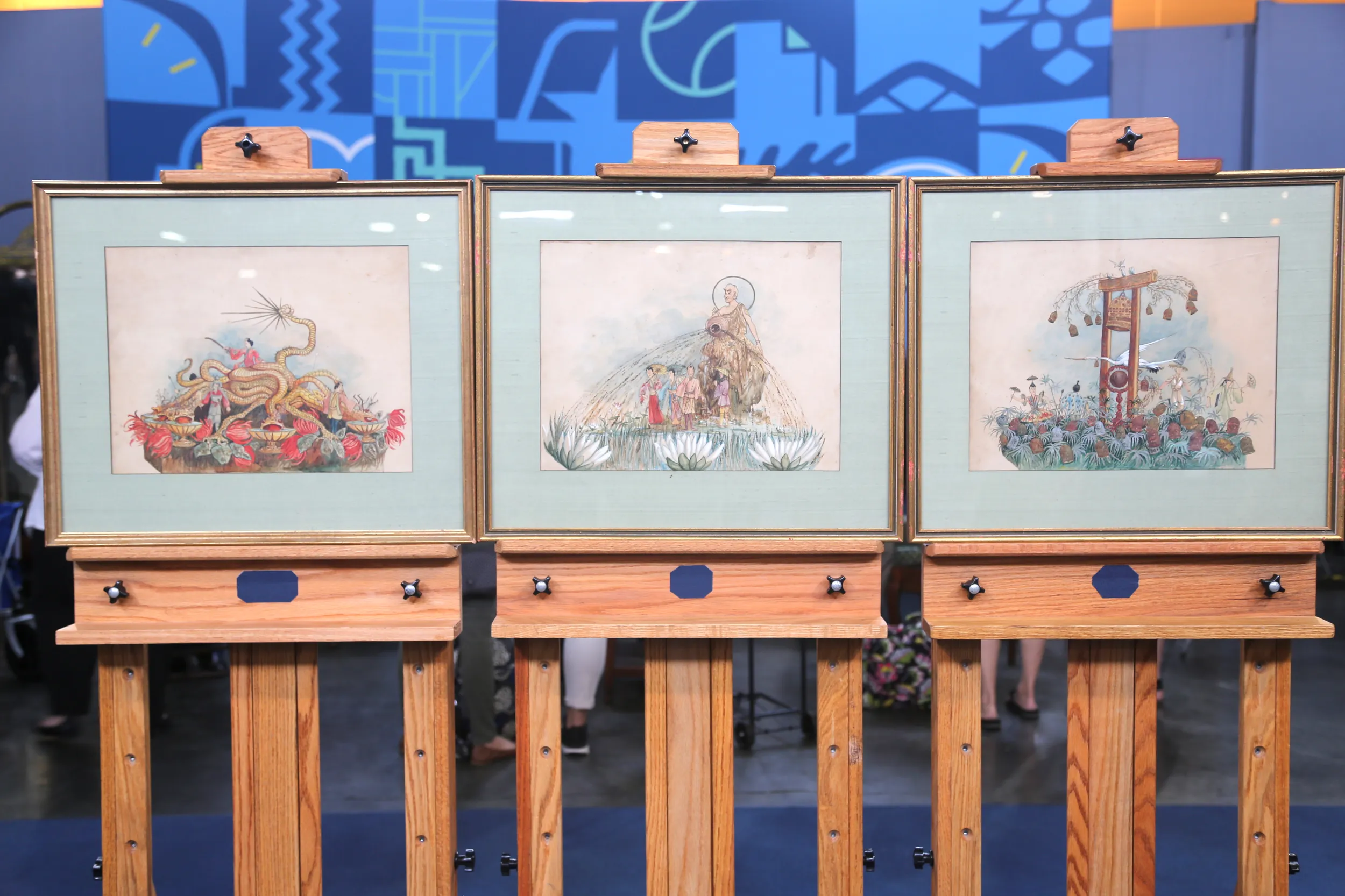
appraisal
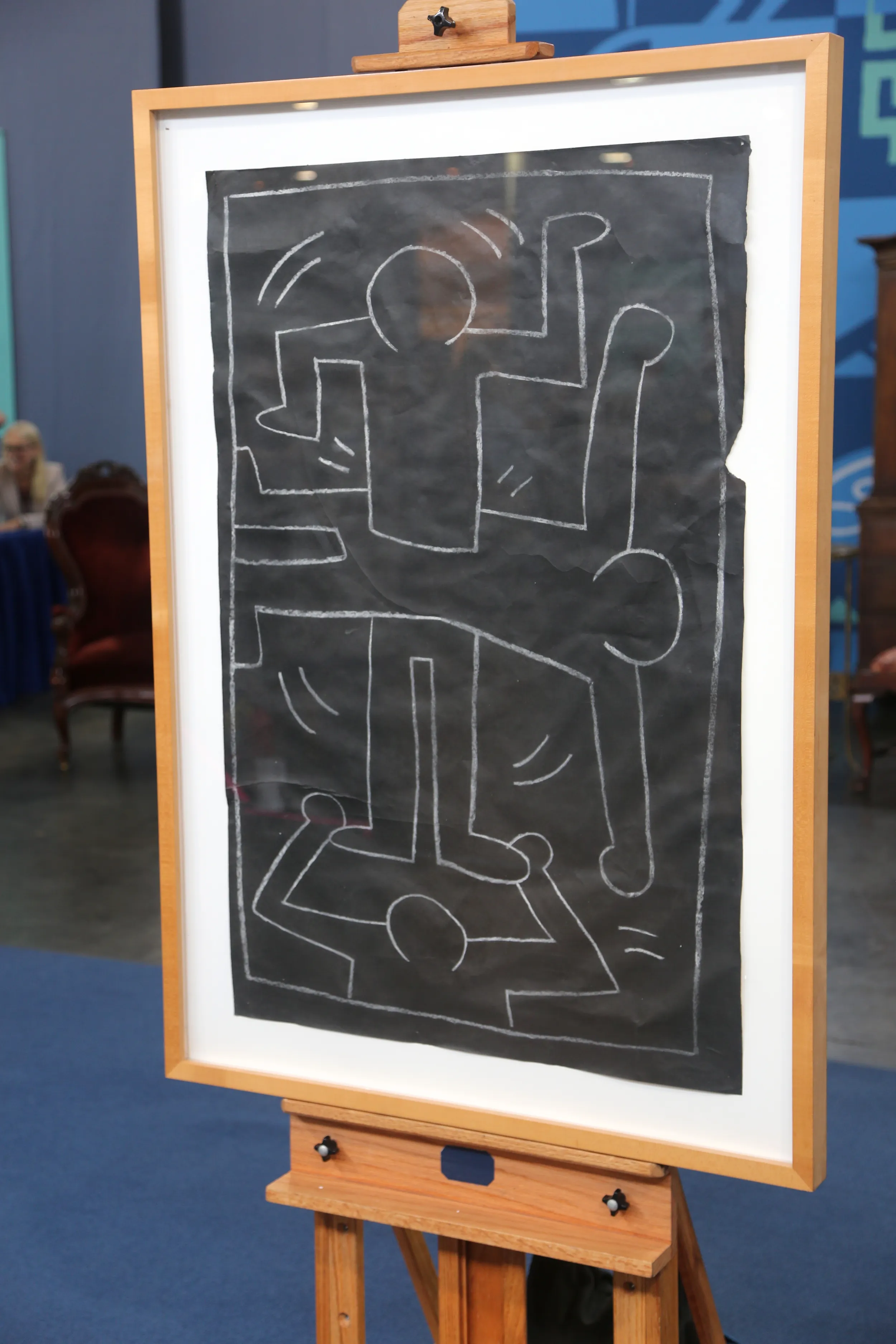
appraisal
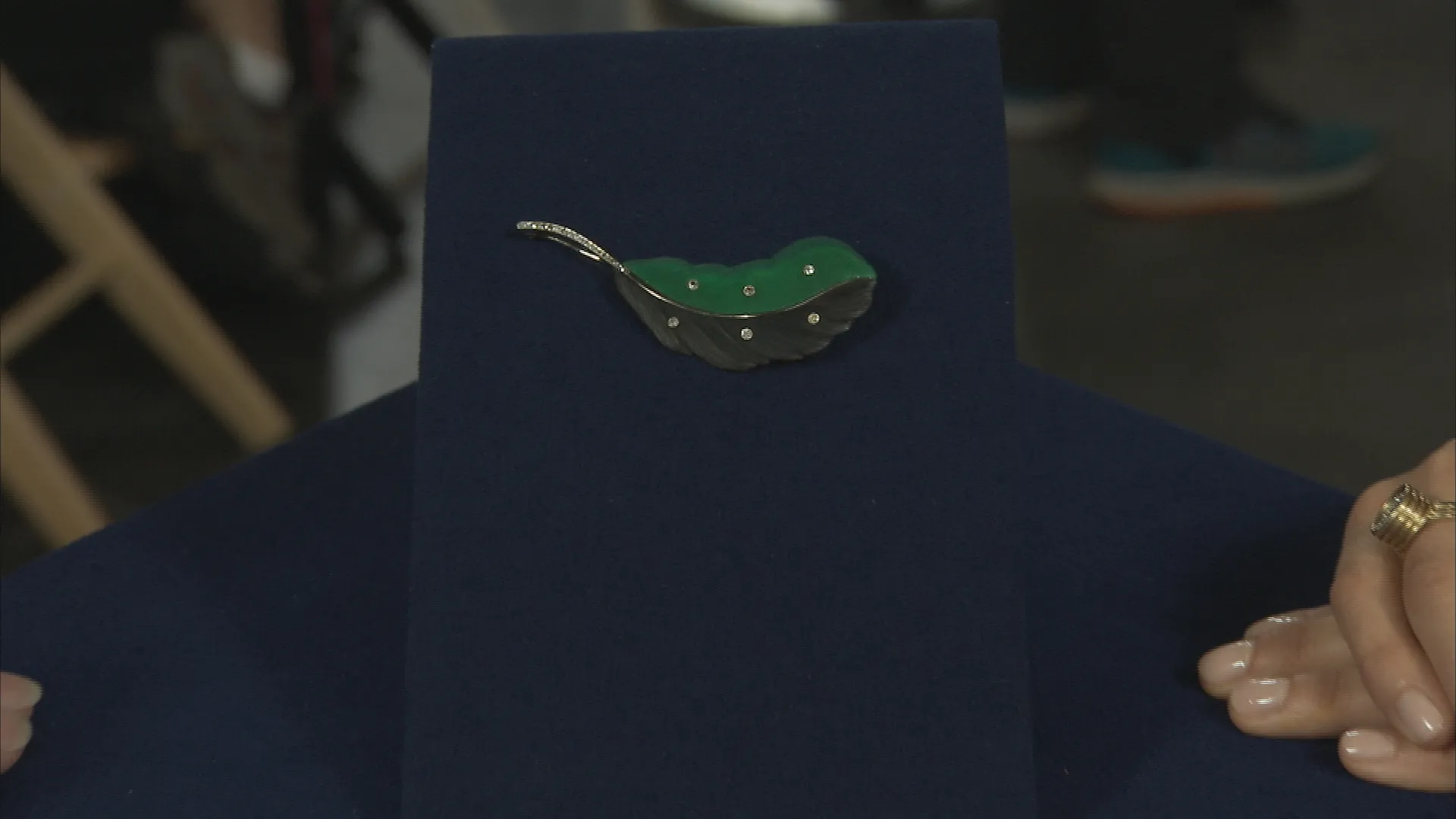
appraisal
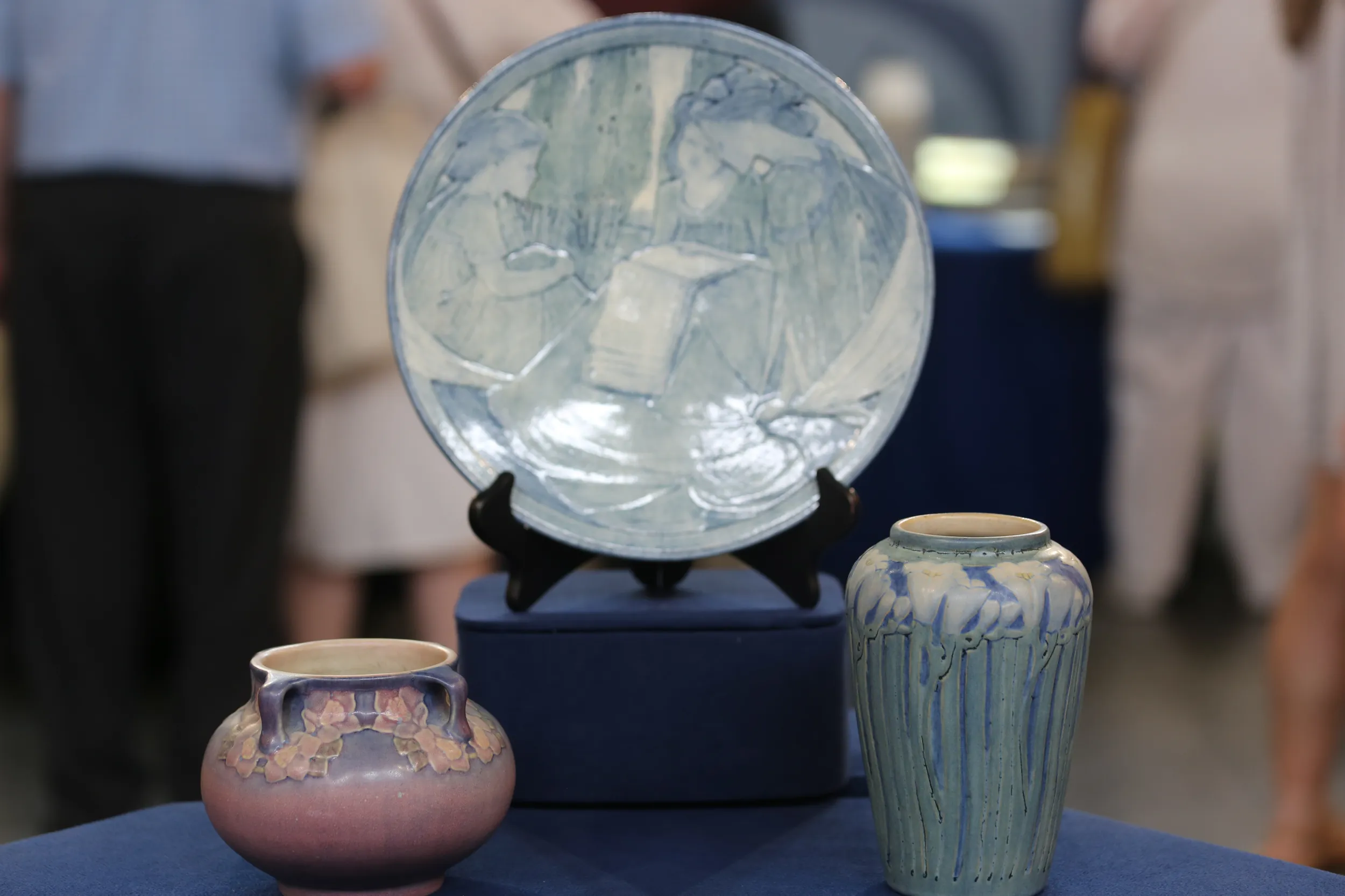
appraisal
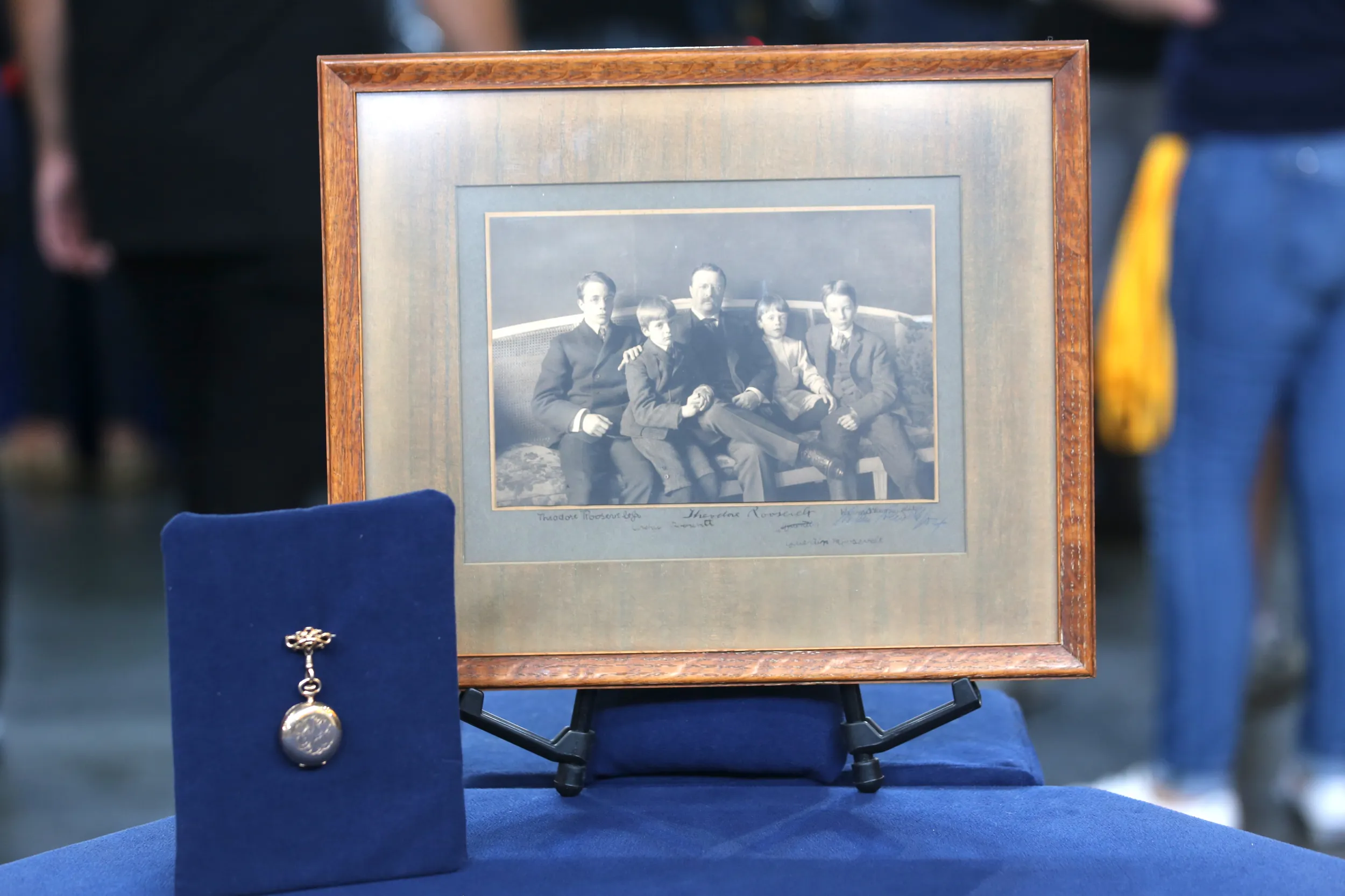
appraisal
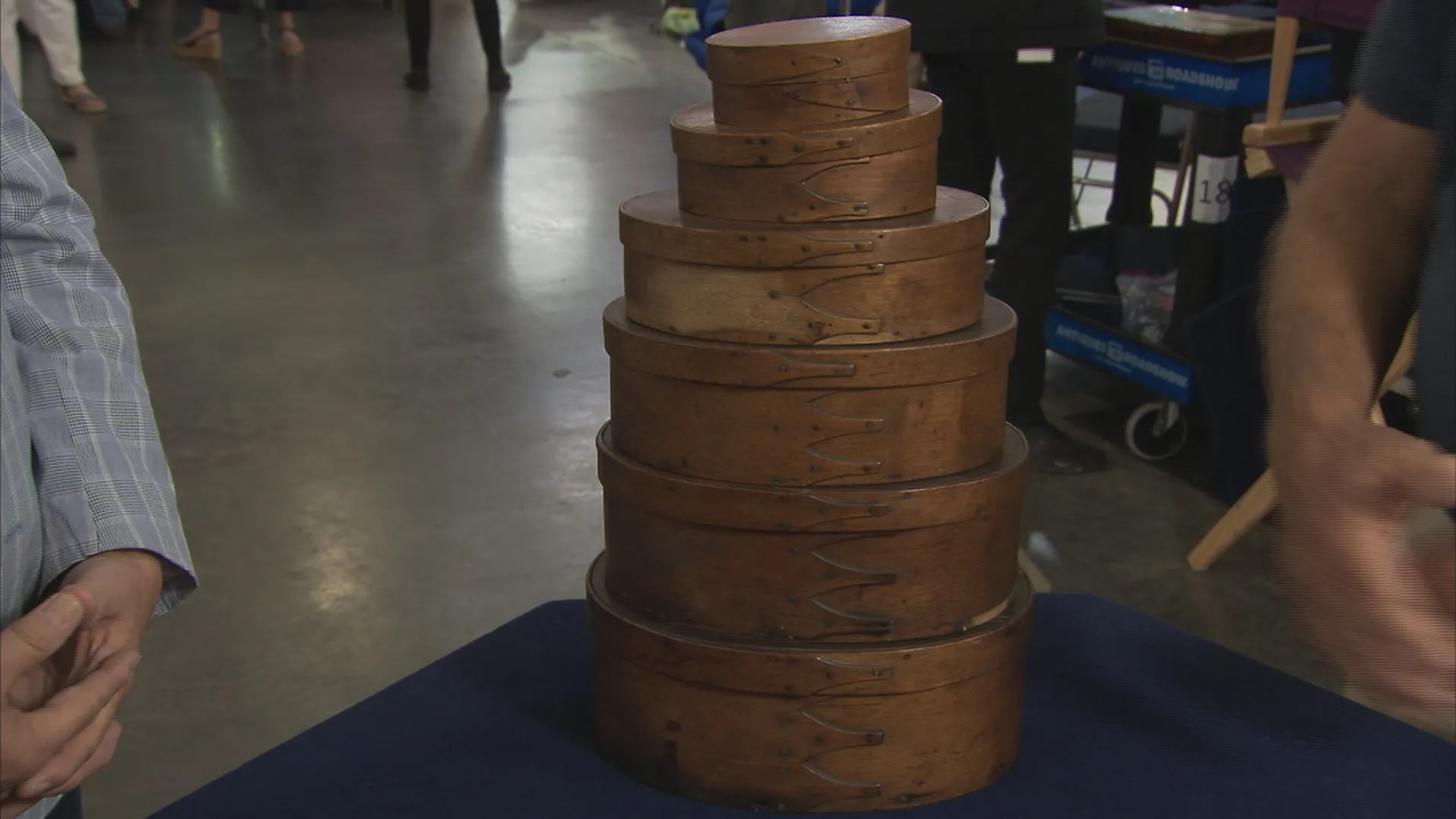
appraisal

appraisal
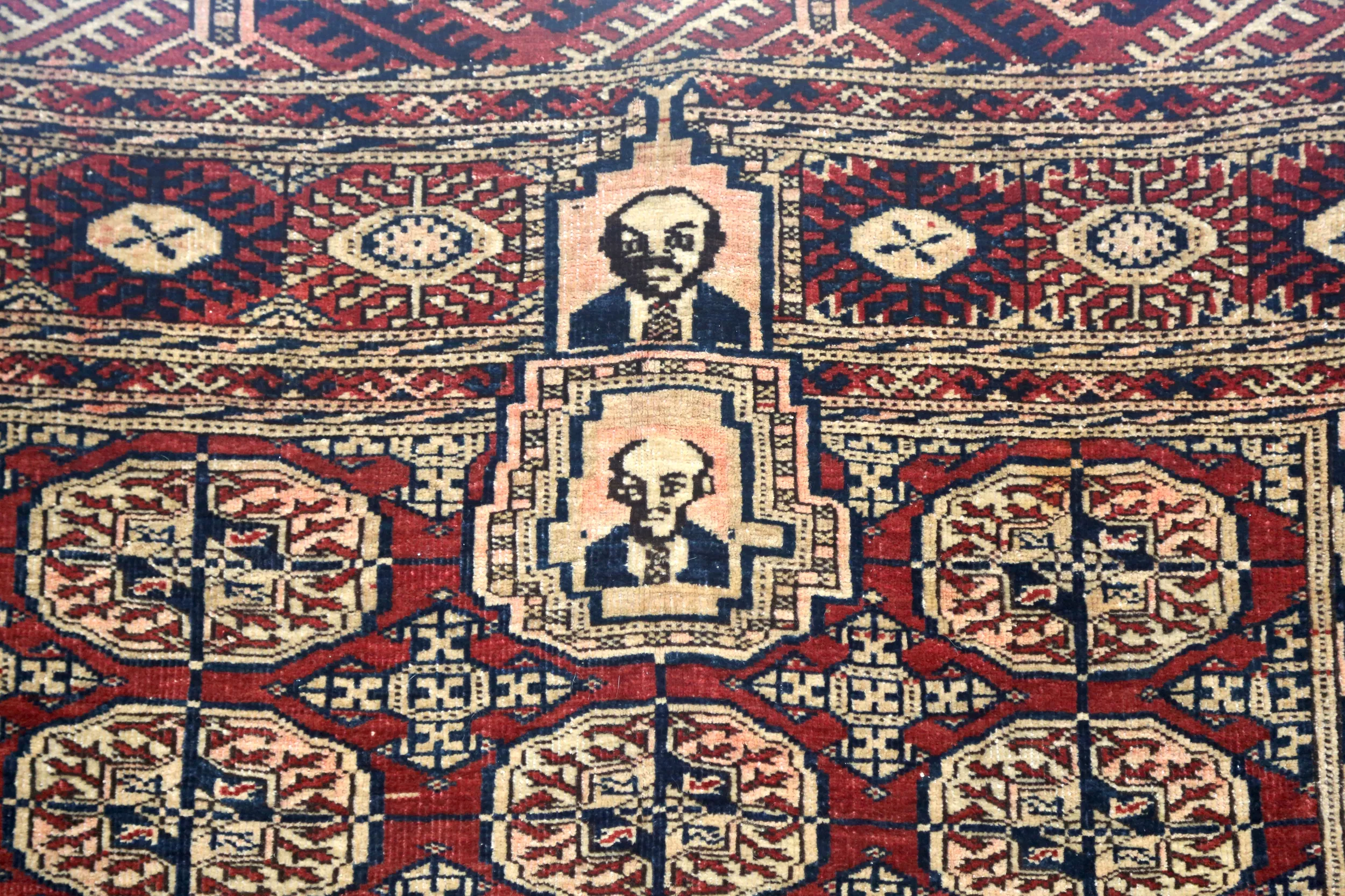
appraisal
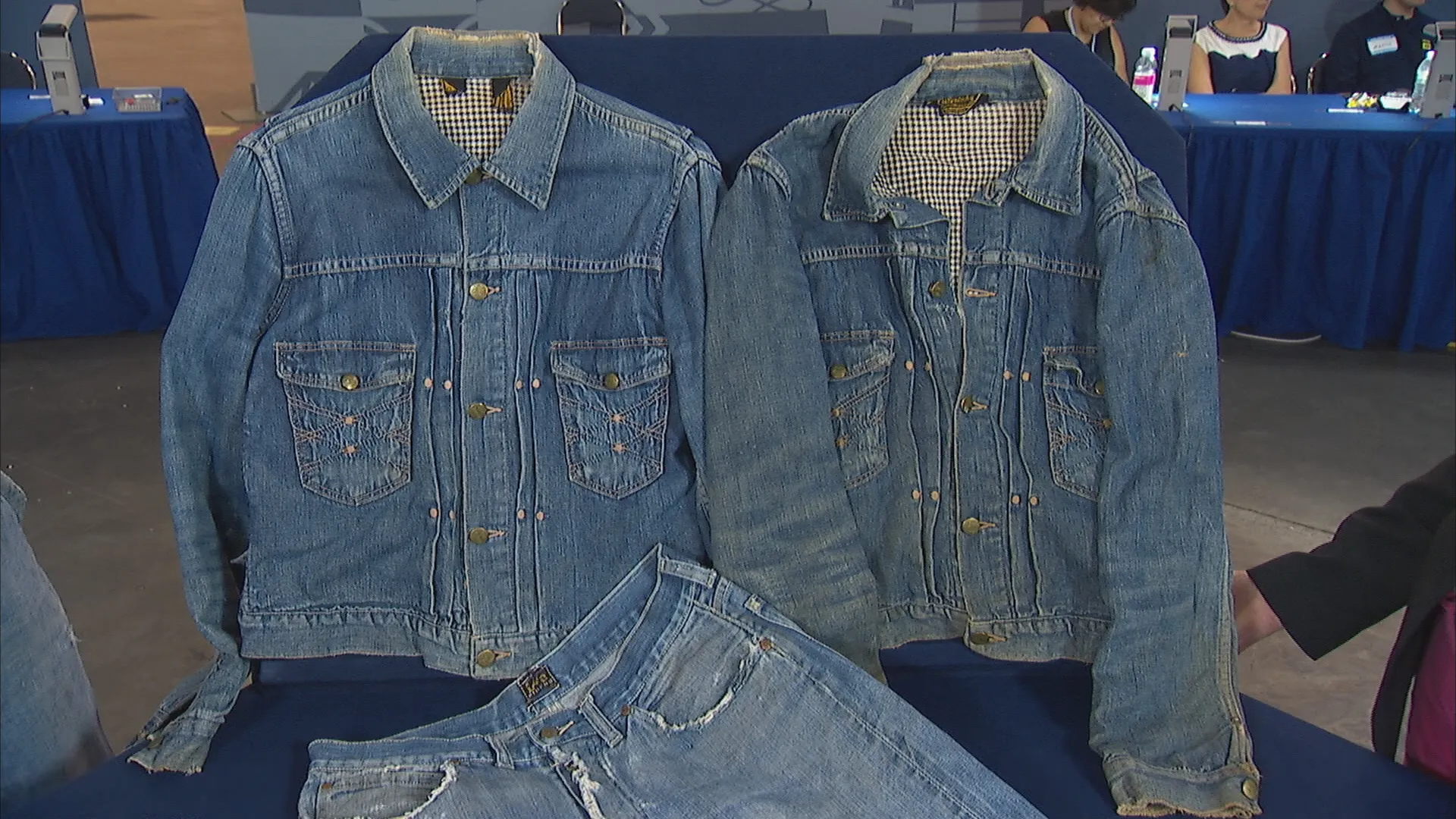
appraisal
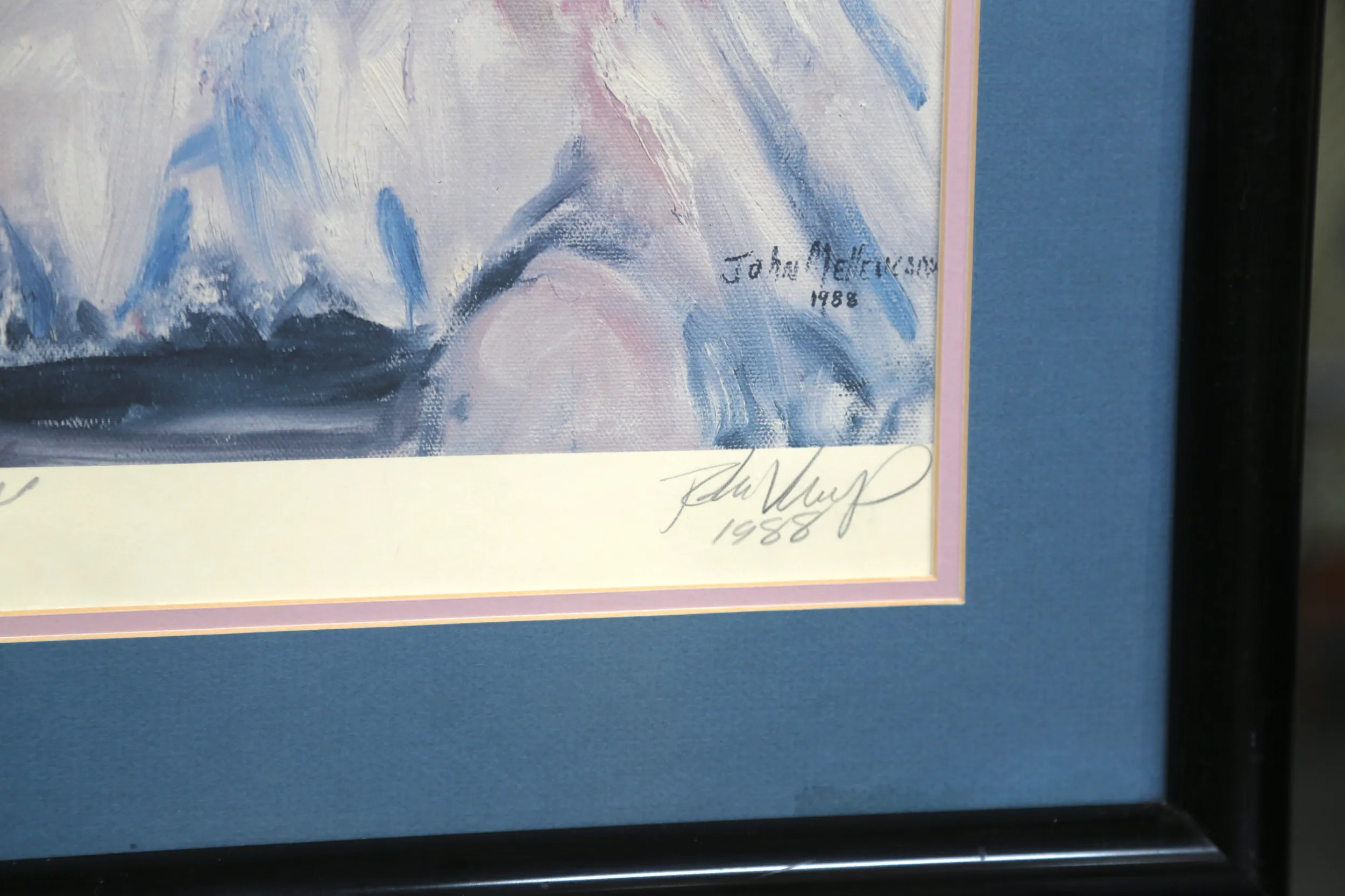
appraisal
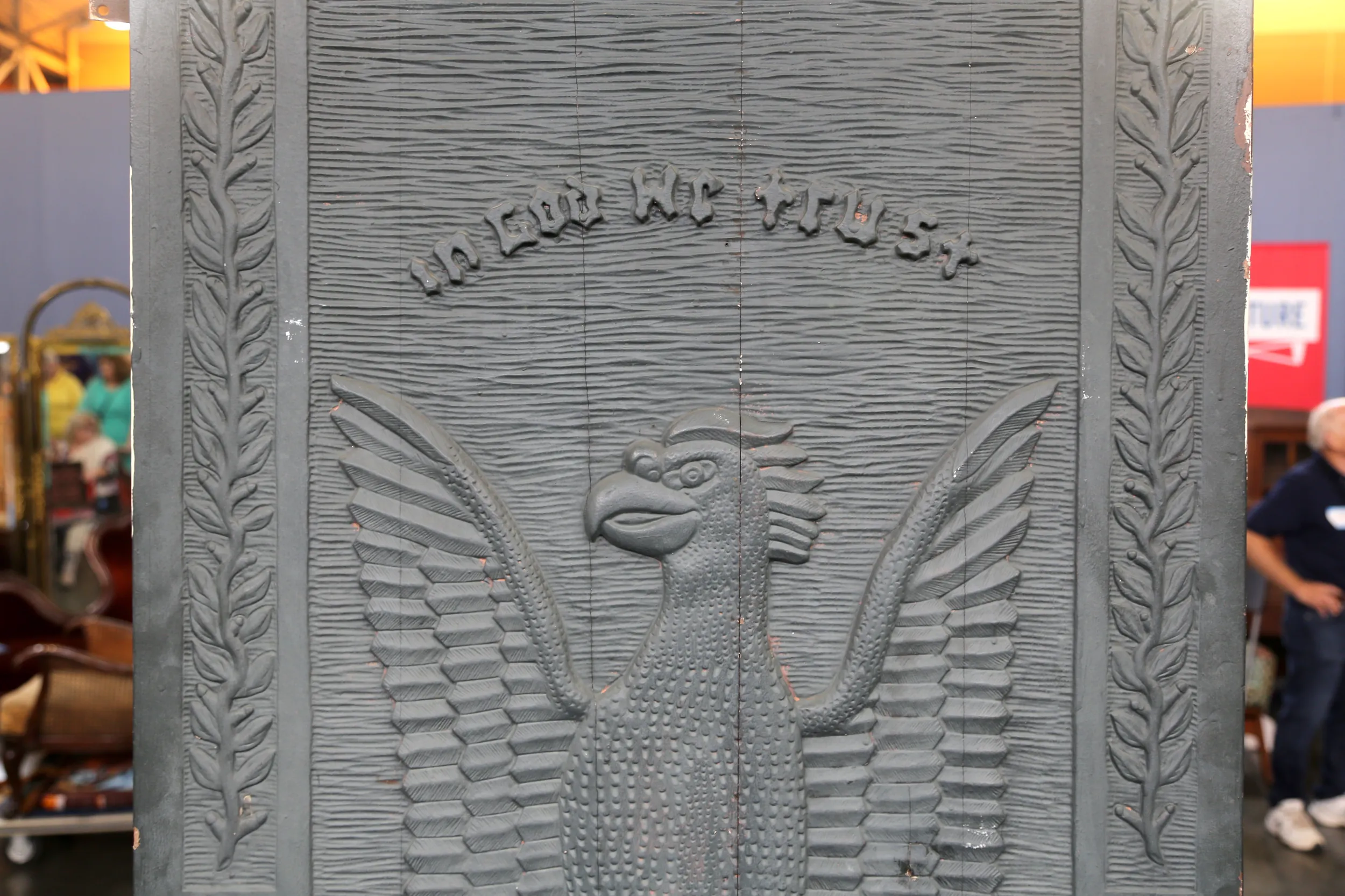
appraisal
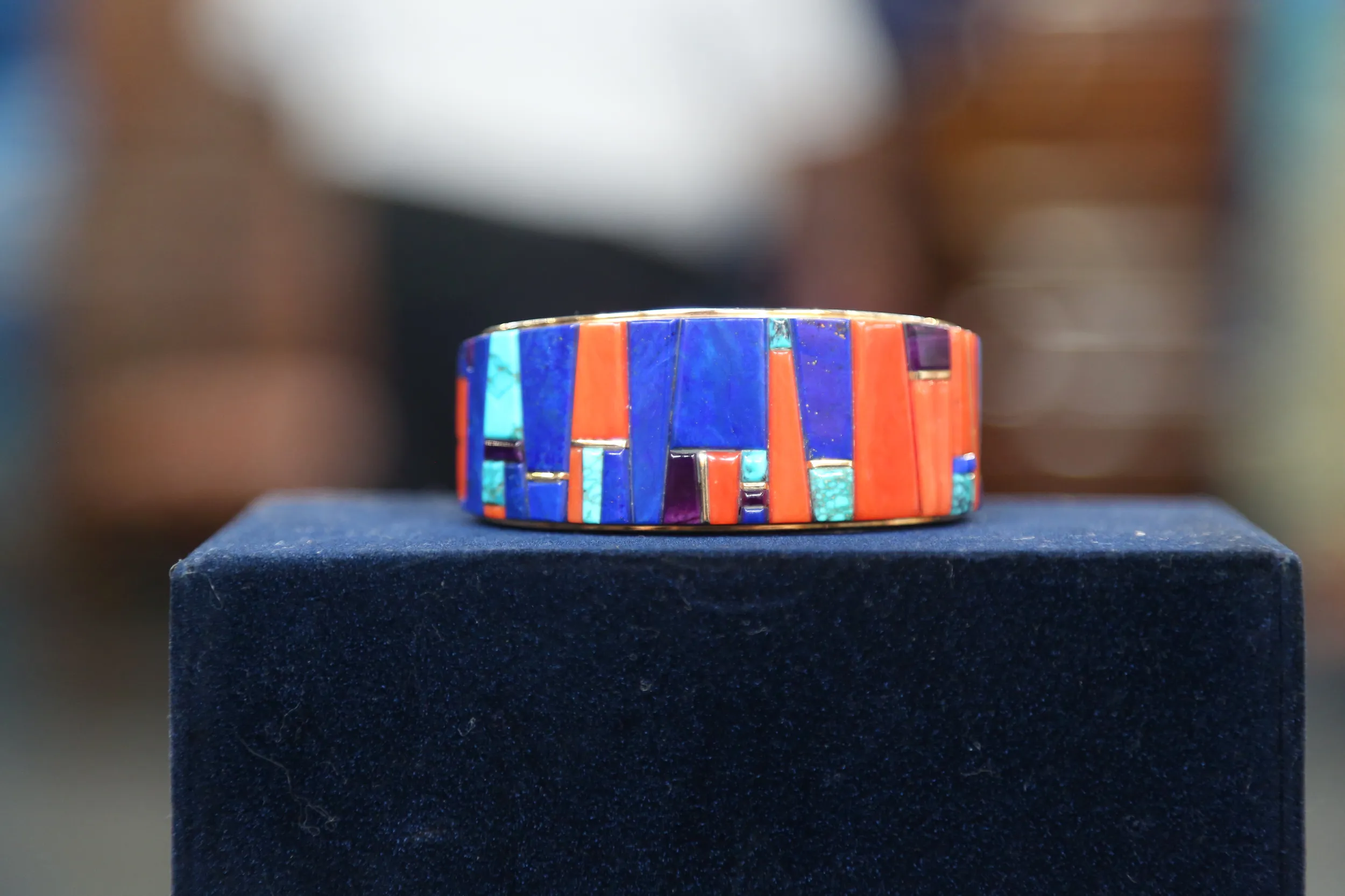
appraisal
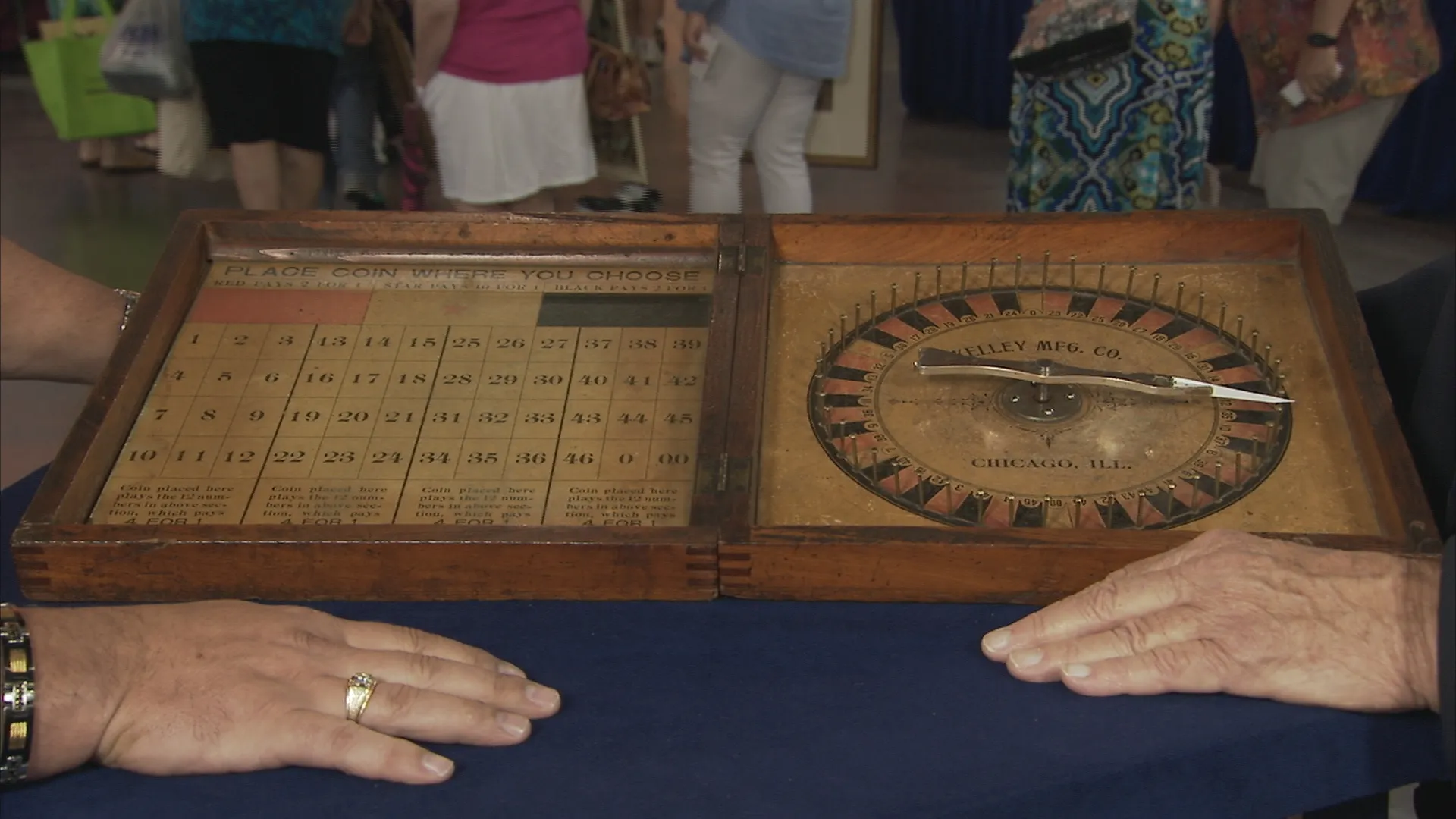
appraisal
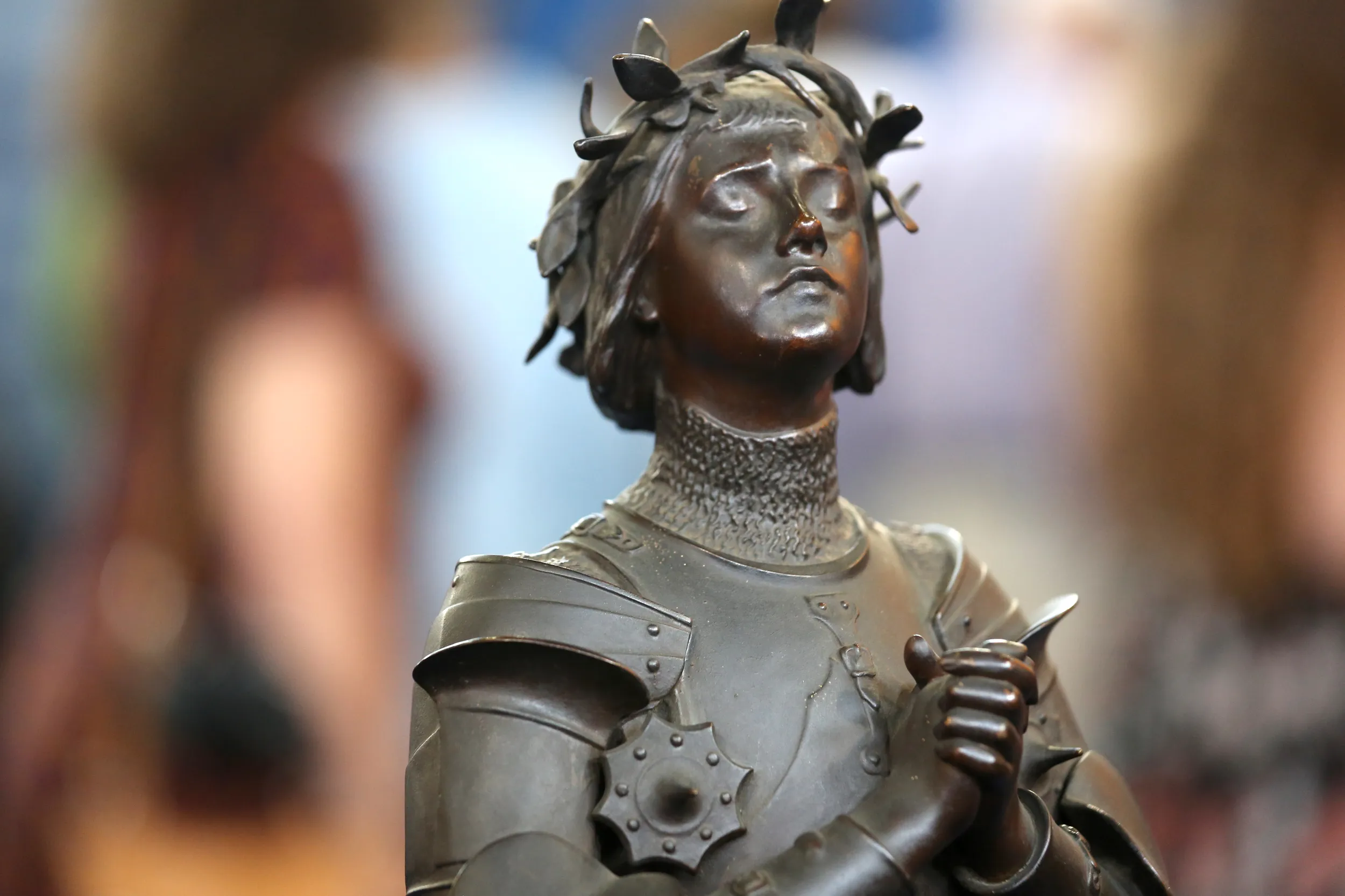
appraisal

appraisal
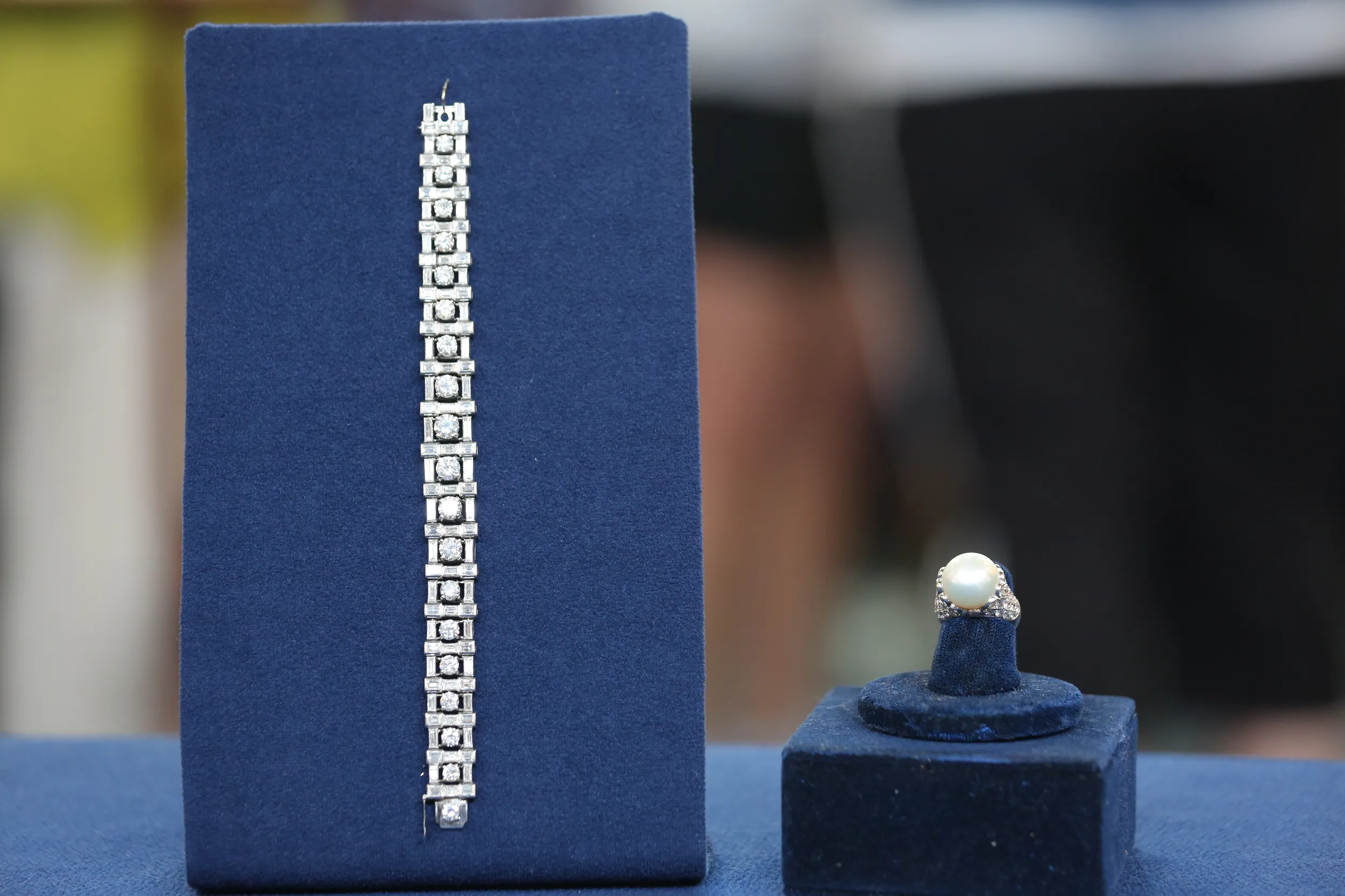
appraisal
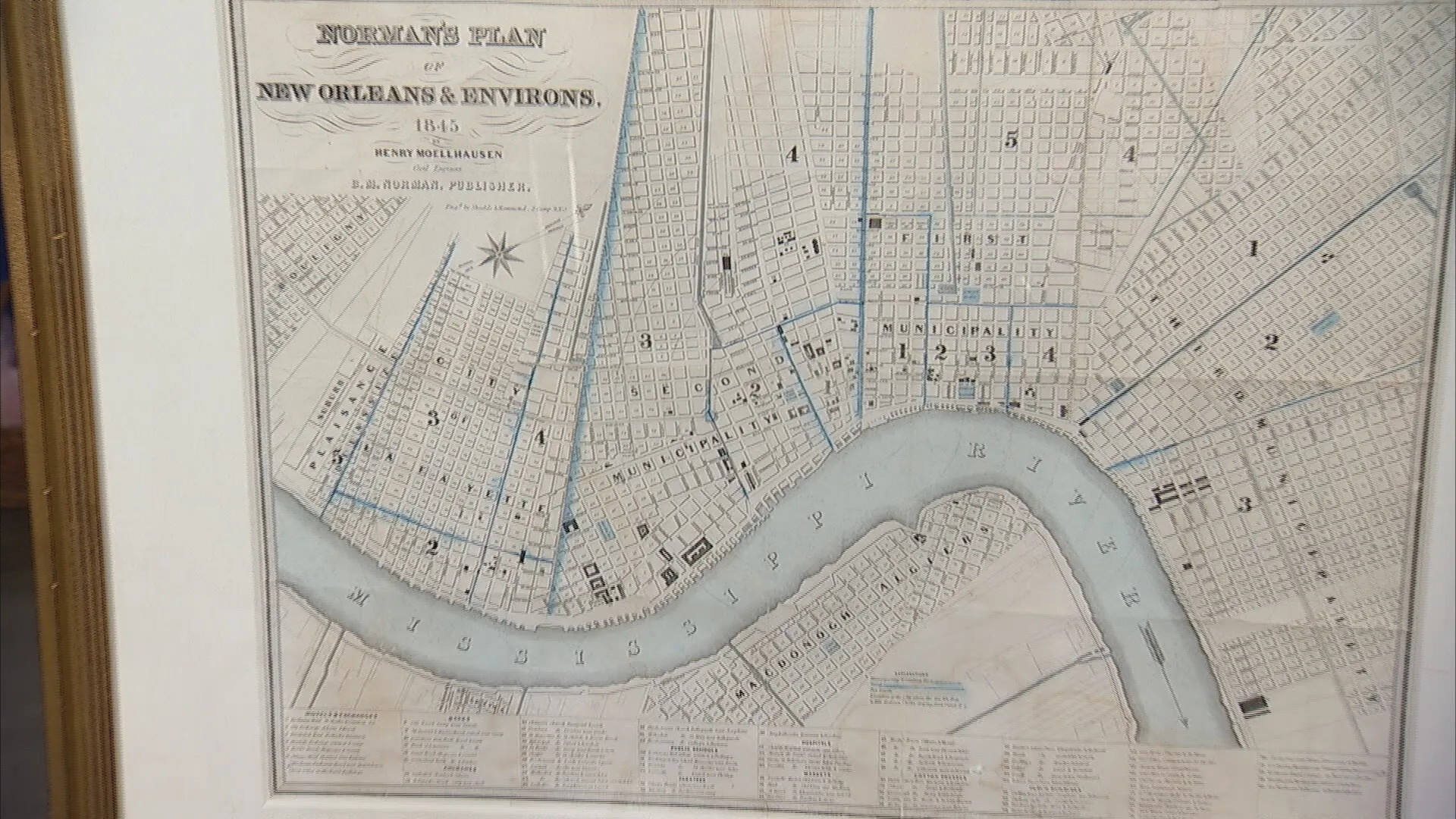
appraisal
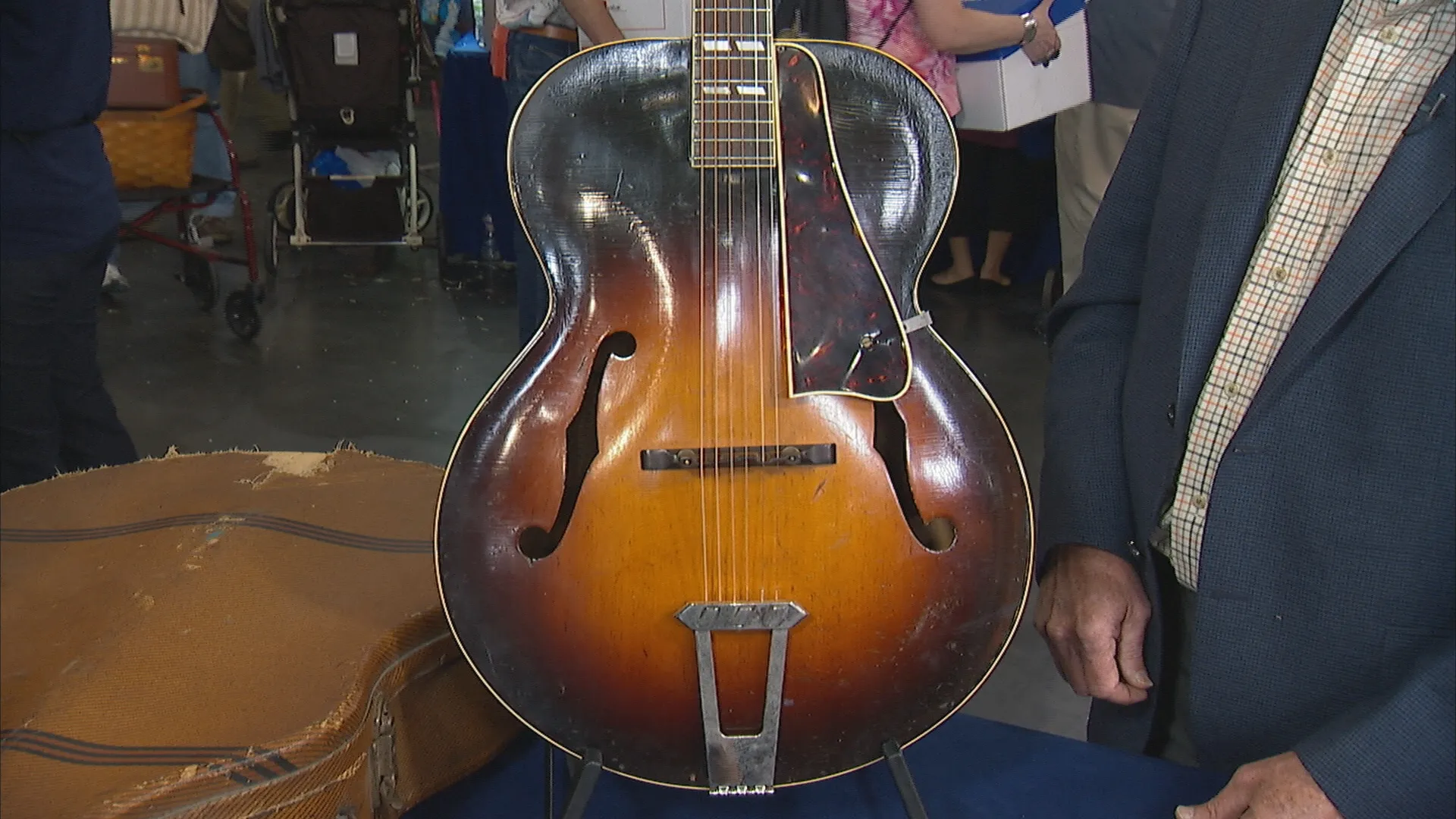
appraisal




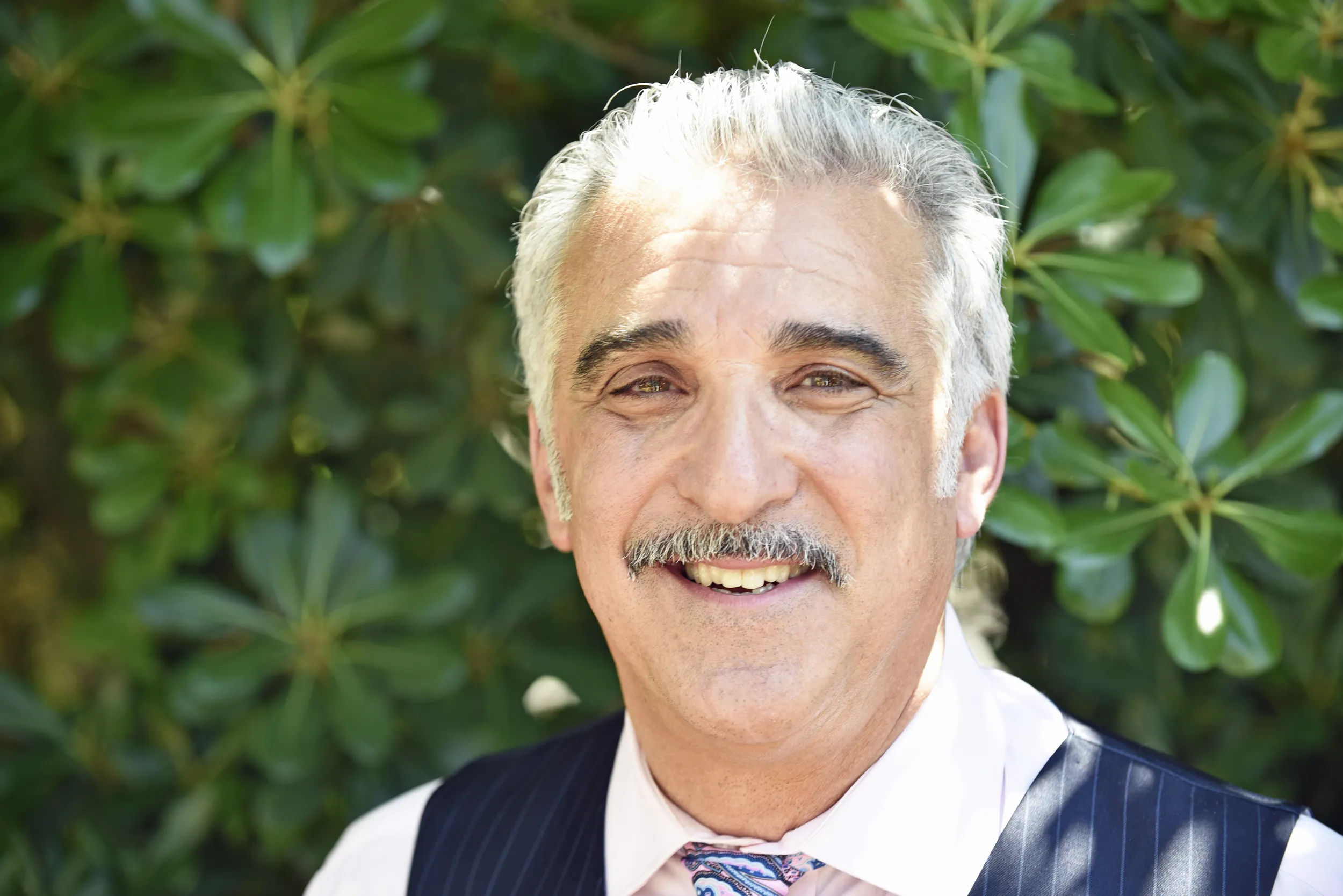










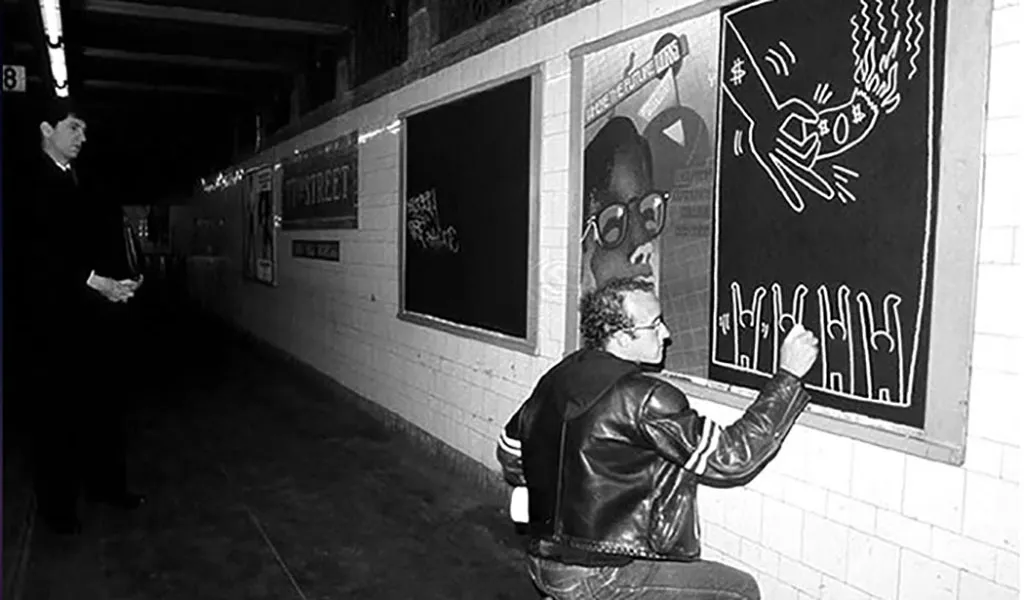
Keith Haring was ever an outsider to the art establishment in his lifetime, but since his death in 1990, his legacy as an artist of historic importance has only become more secure.
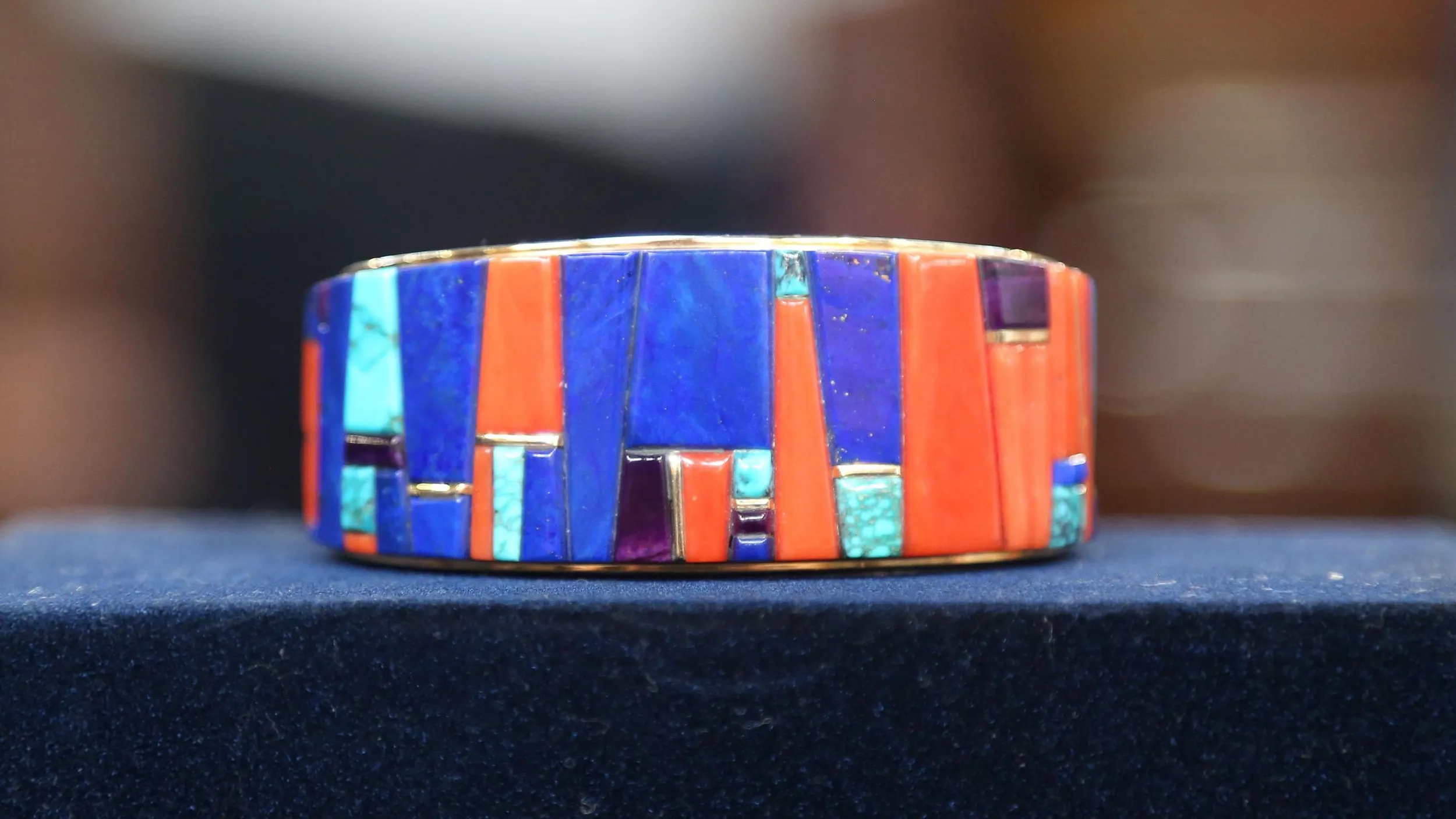
At the June 2015 ROADSHOW in Tucson, [Douglas Deihl](http://www.pbs.org/wgbh/roadshow/appraisers/douglas-deihl), of Boston’s Skinner Auctioneers, estimated a Charles Loloma ring, bracelet, and limited-edition print would bring between $25,200 and $32,600 at auction. But how much do you know about this groundbreaking Native artist?
A weekly collection of previews, videos, articles, interviews, and more!
Funding for ANTIQUES ROADSHOW is provided by Ancestry and American Cruise Lines. Additional funding is provided by public television viewers.
ANTIQUES ROADSHOW is a trademark of the BBC and is produced for PBS by GBH under license from BBC, Worldwide. PBS is a 501(c)(3) not-for-profit organization.
A weekly collection of previews, videos, articles, interviews, and more!
Test your appraisal knowledge in ROADSHOW's new game — Price Range!





